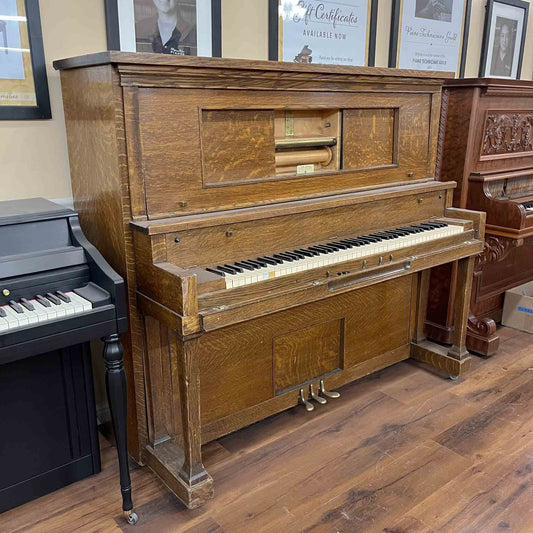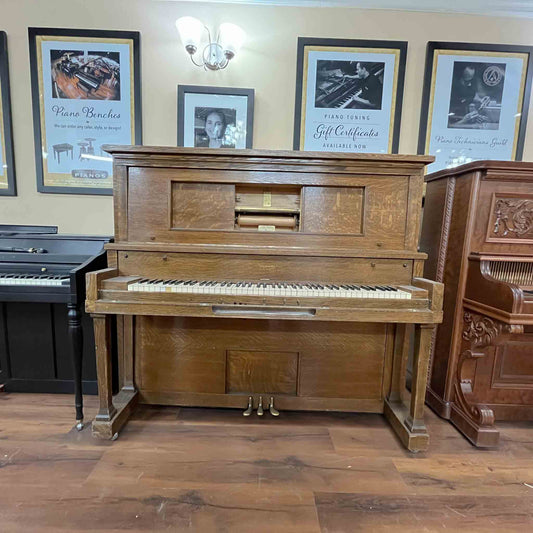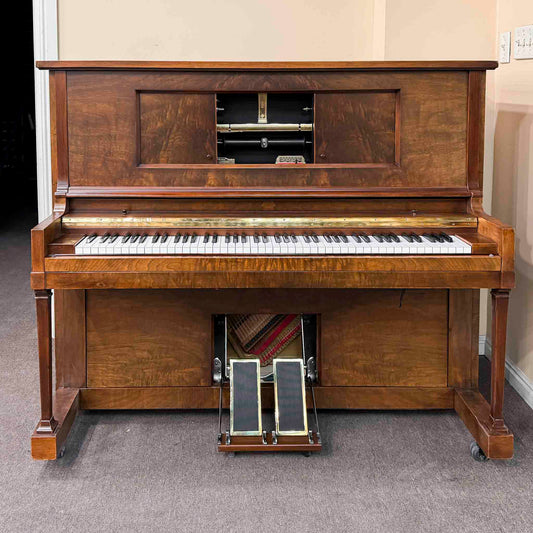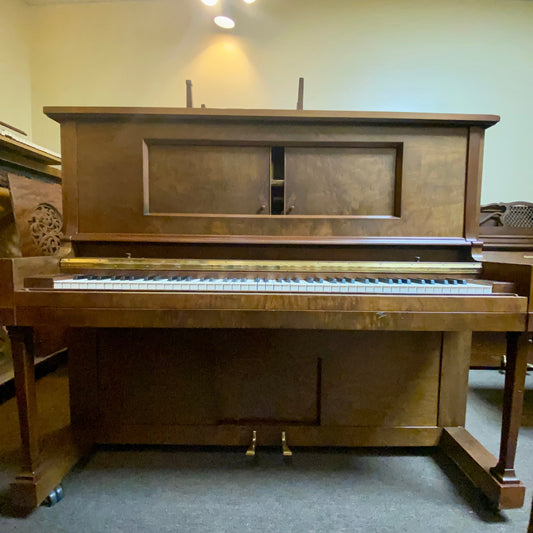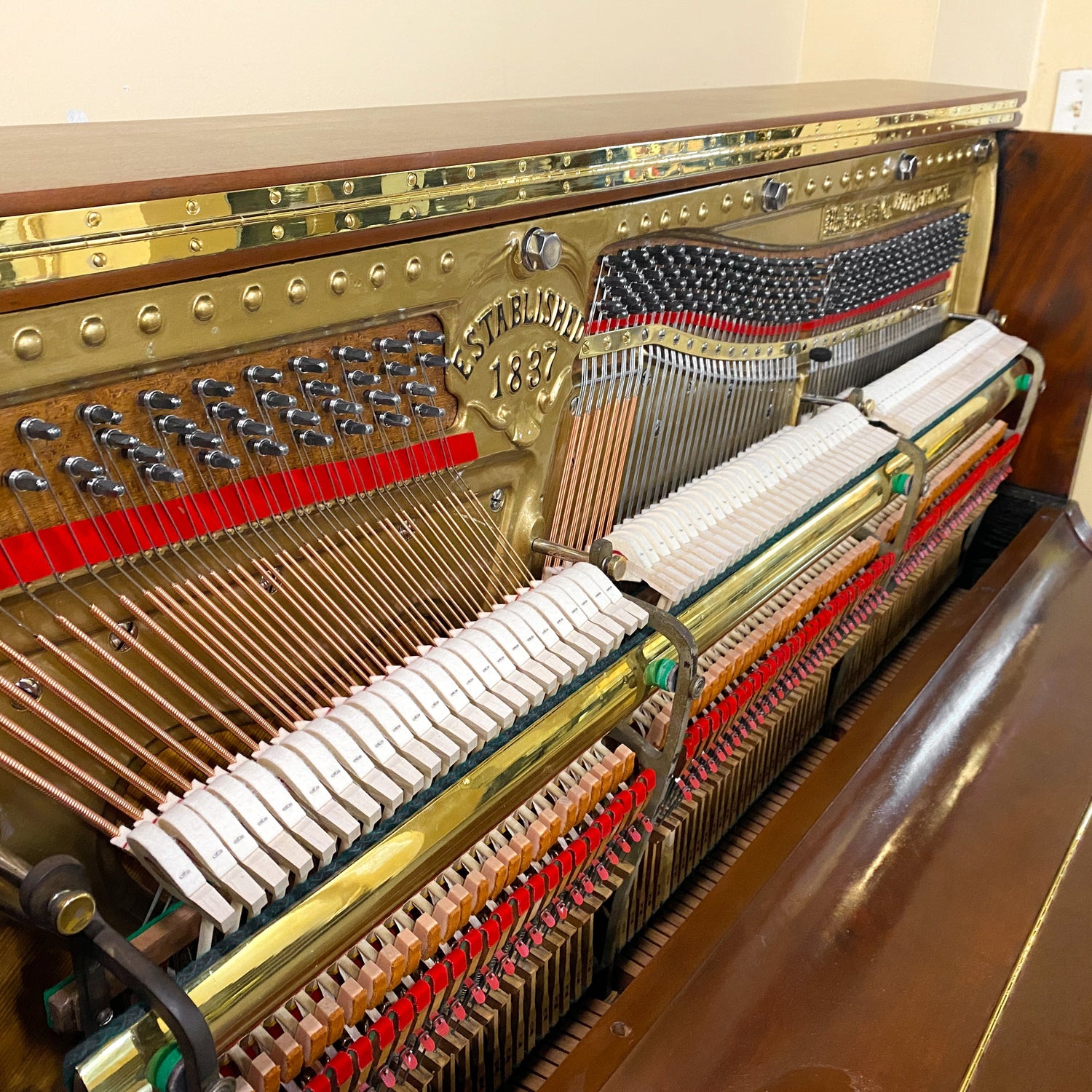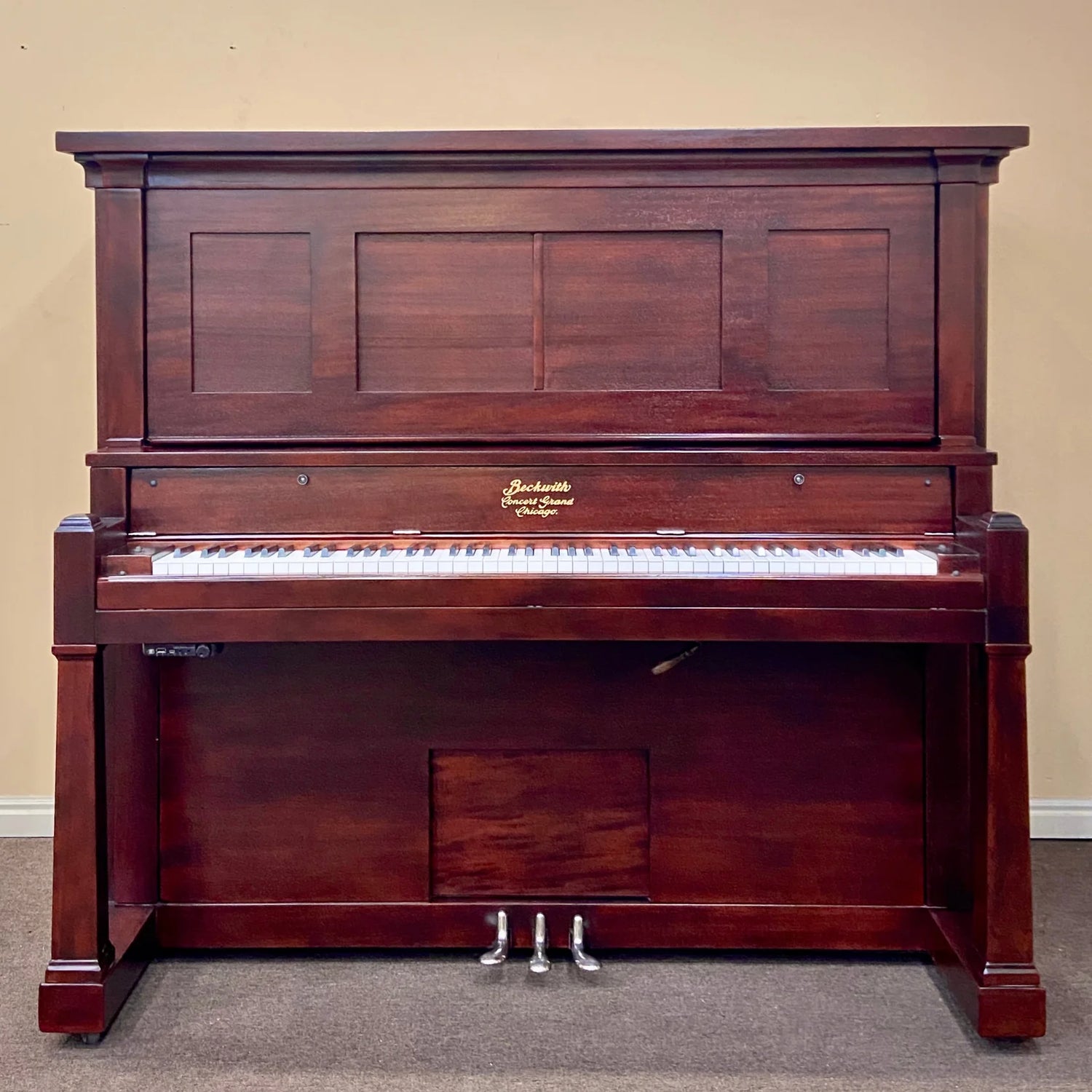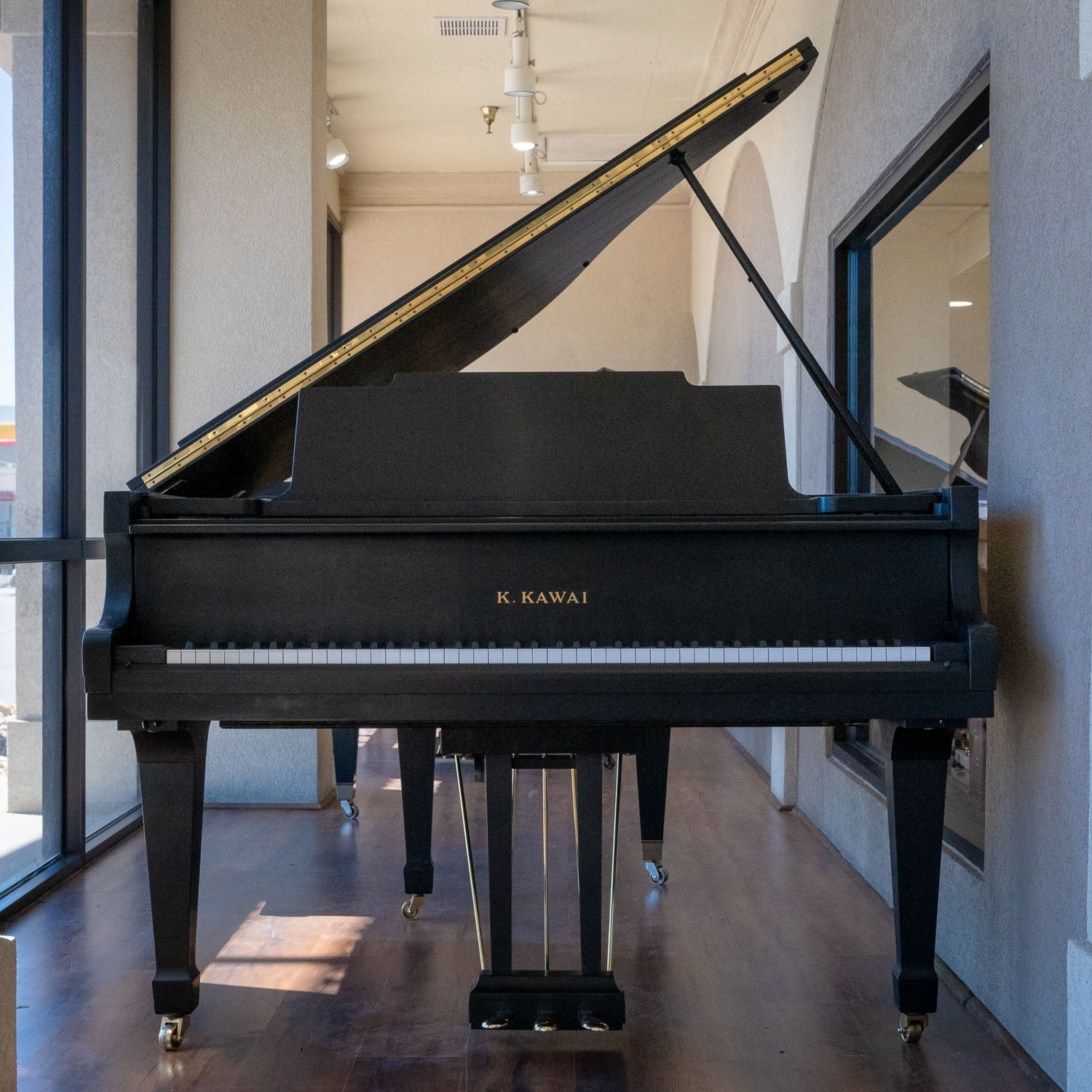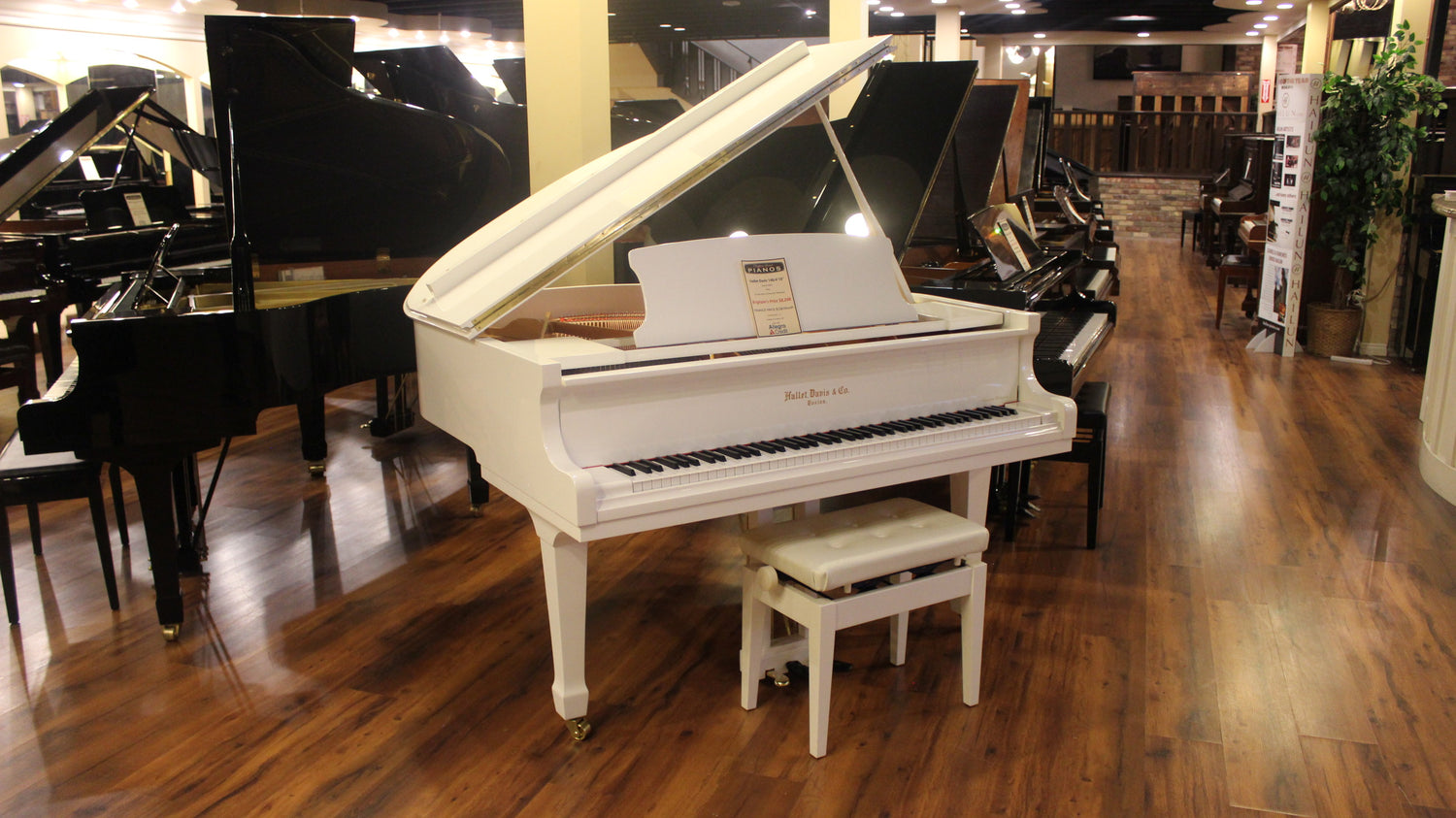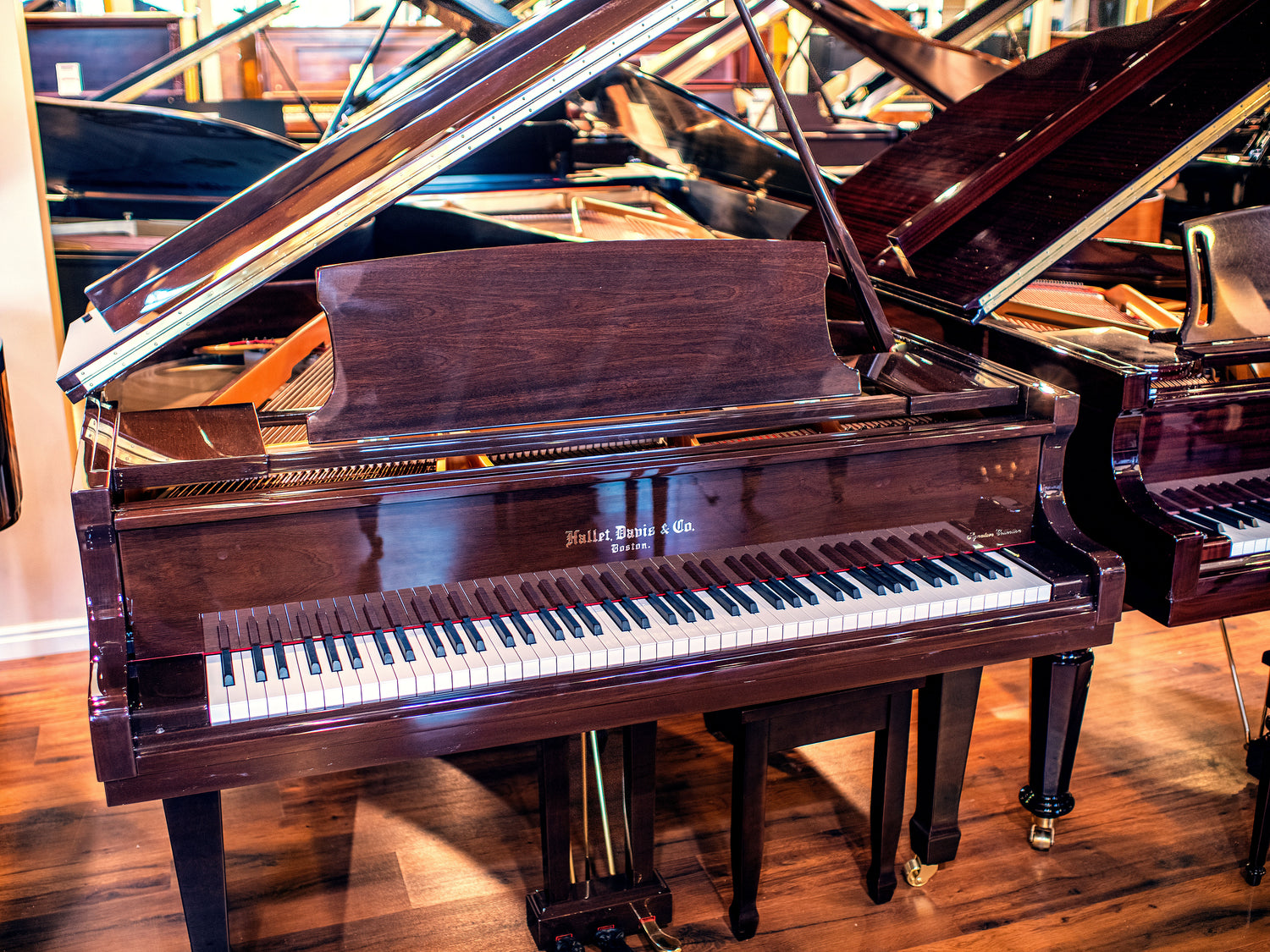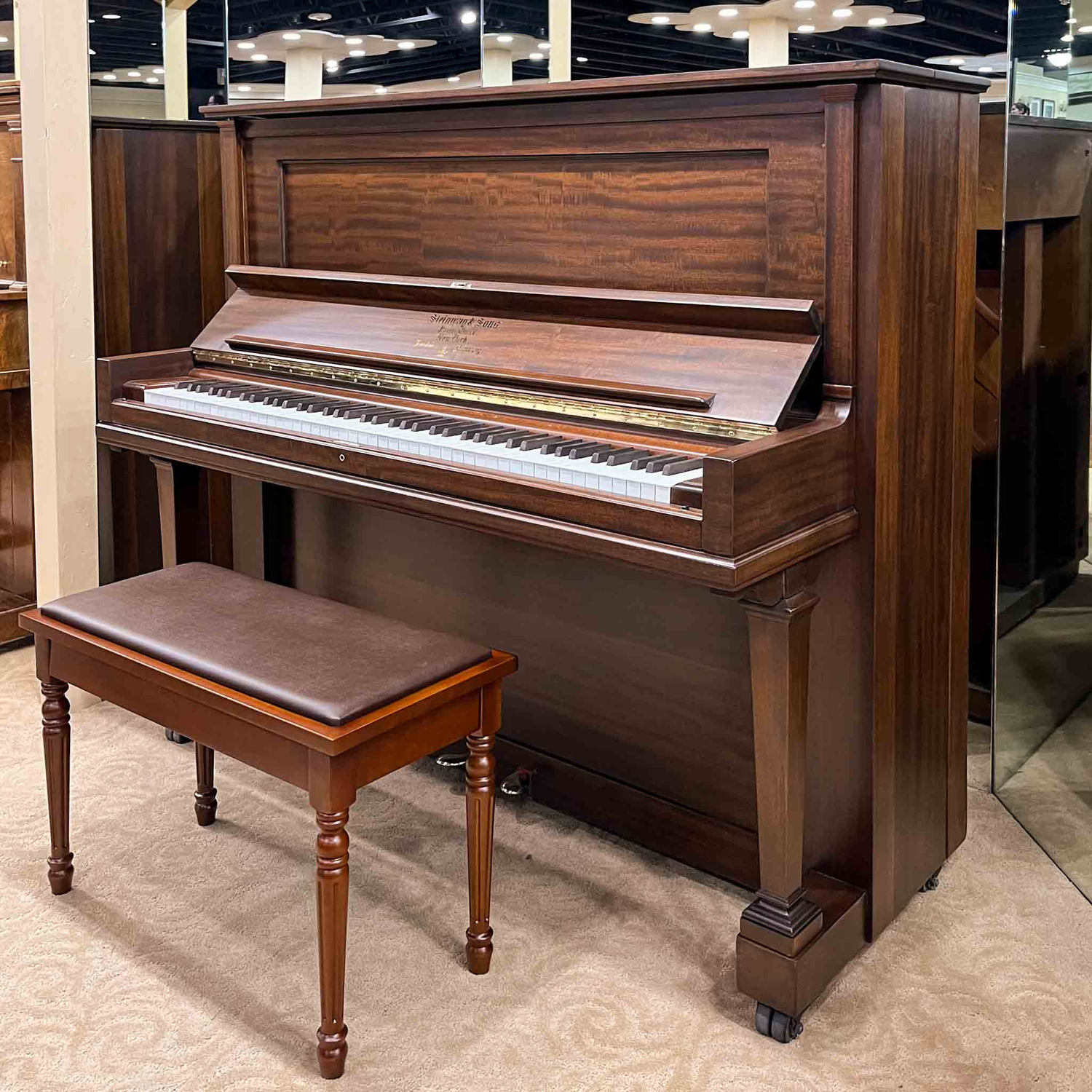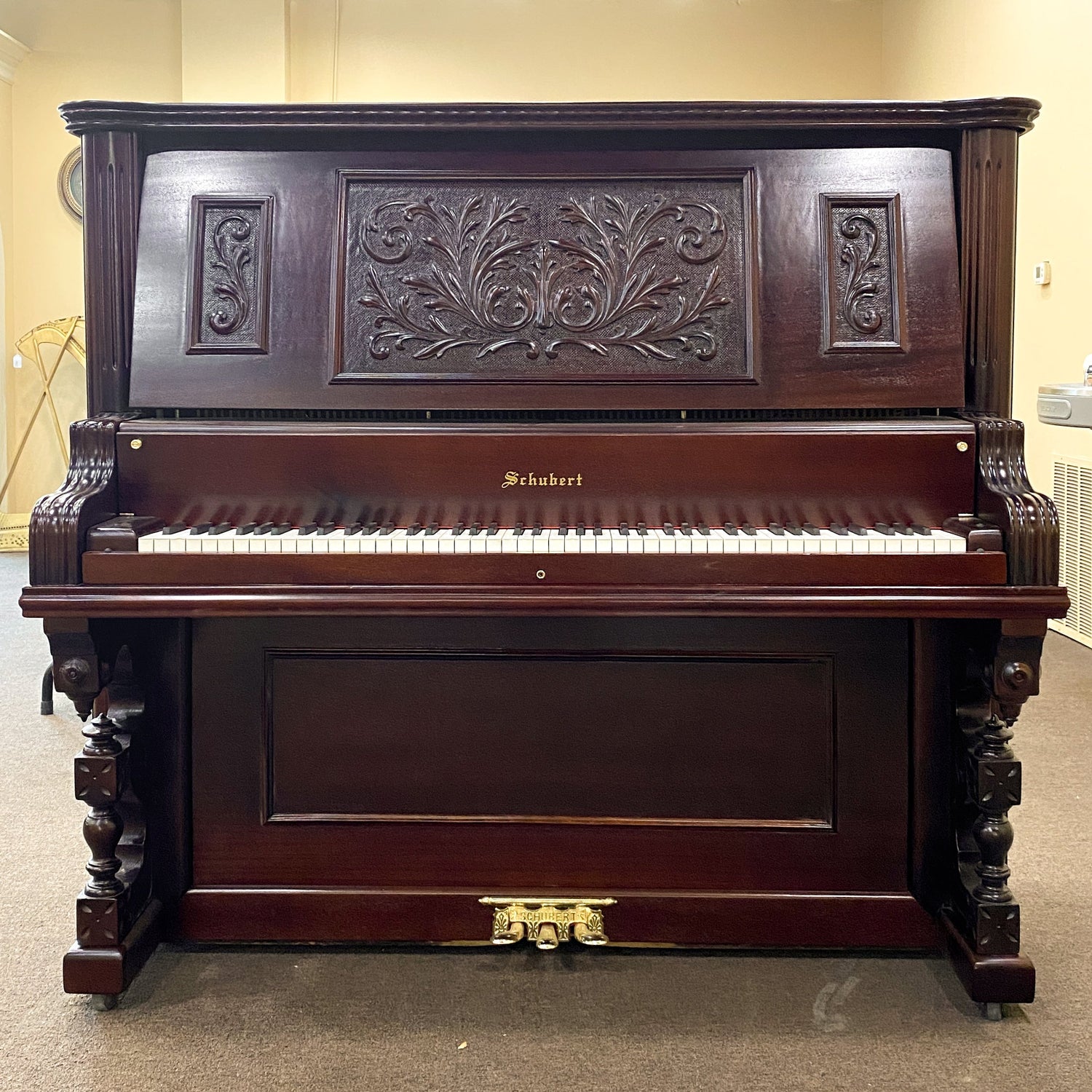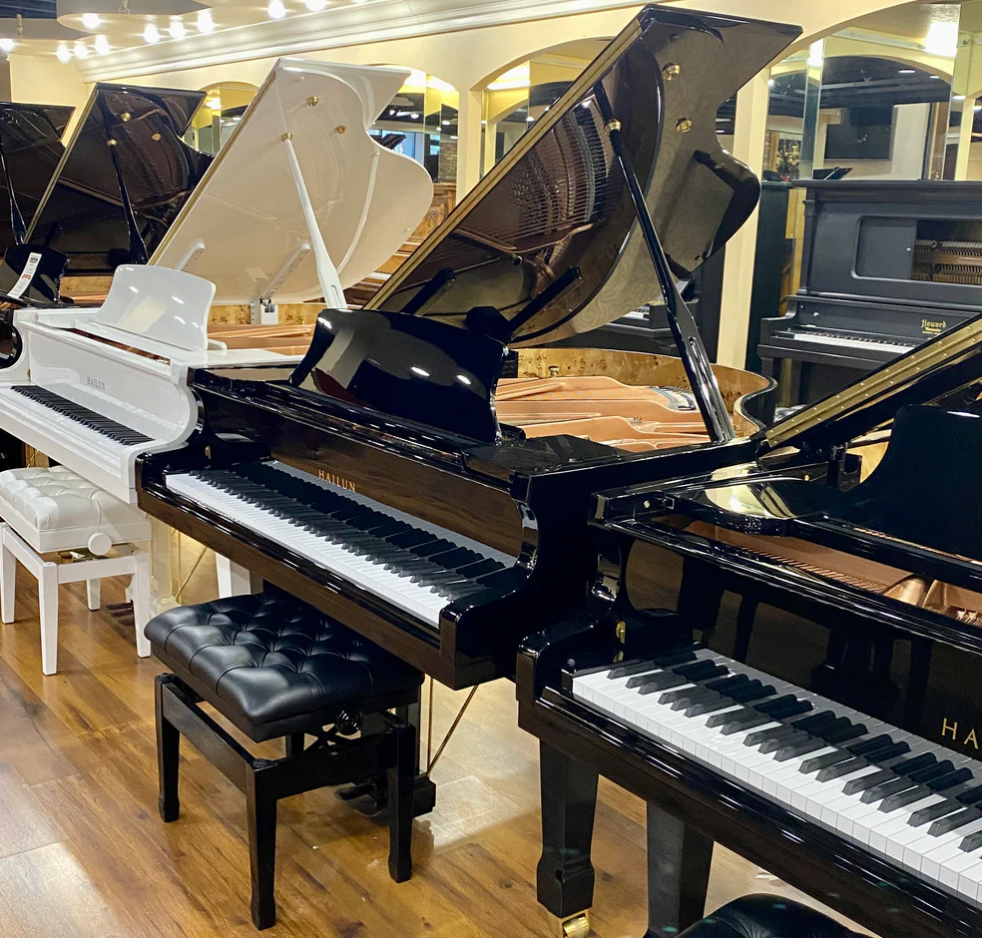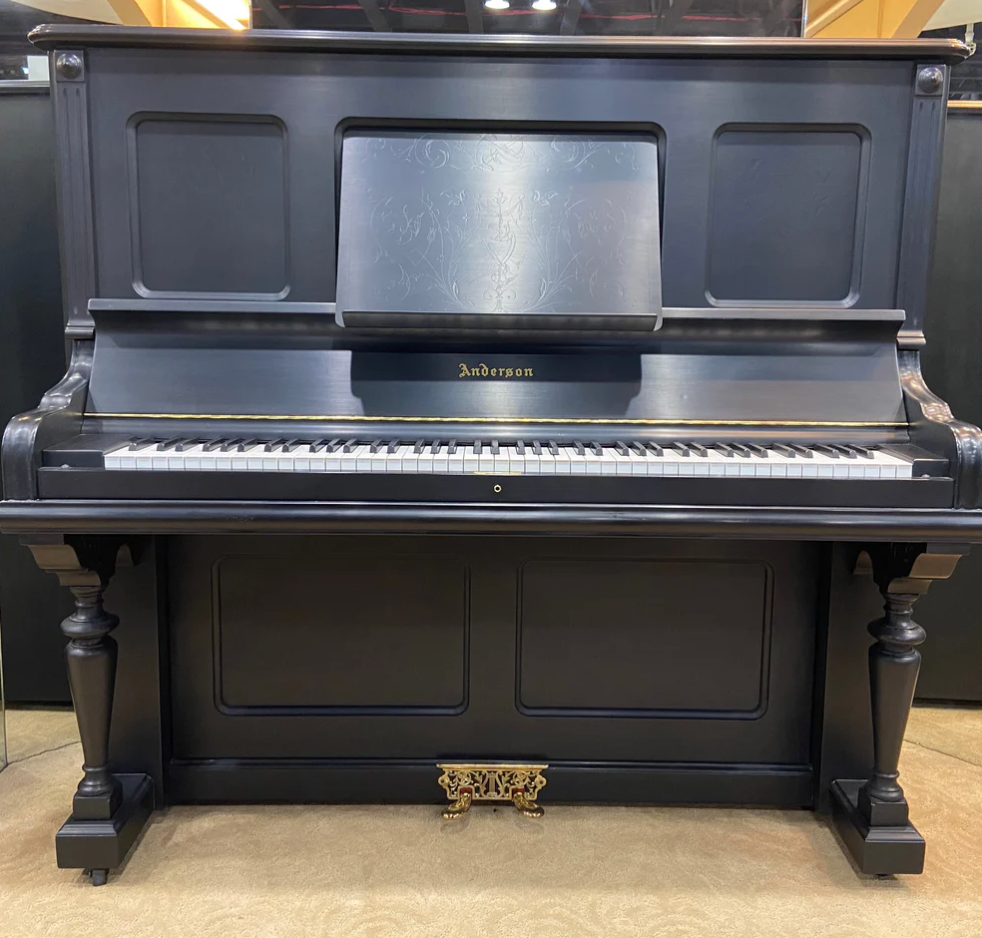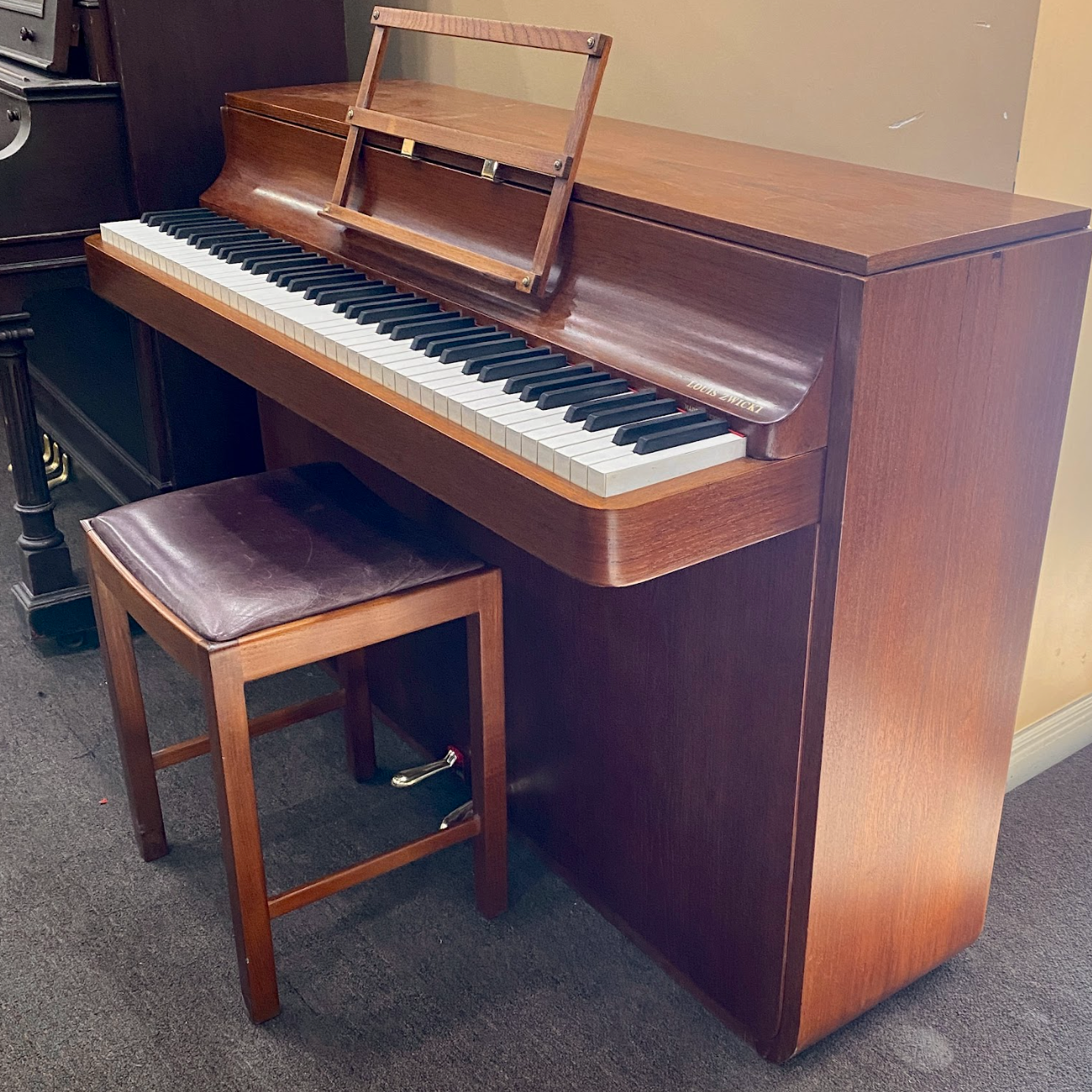Collection: Autopianos
Established in New York in 1903, The Autopiano Company quickly gained prominence in the early 20th century for its innovative player pianos. The company also built player pianos under additional brand names, including Pianista, Playotone, and Symphotone. These instruments were designed to bring the joy of live piano music into homes and public venues without the need for a human pianist, thanks to their advanced player mechanisms. Autopiano pianos were particularly known for their robust construction, reliability, and high-quality sound. The company’s player pianos used pneumatic mechanisms to read and play pre-programmed music rolls, which allowed the pianos to perform with the expressiveness and nuance of a live pianist. This made Autopiano pianos highly popular in both private and social settings.
The standout feature of Autopiano pianos is their sophisticated player mechanism, which uses air pressure to operate the keys and pedals. This system allows the piano to play music rolls accurately, replicating the dynamics and articulation of human performance. Autopiano pianos were constructed to withstand the mechanical demands of the player system, ensuring long-lasting performance. The use of high-quality materials contributed to their durability and consistent sound quality. Despite the complexity of the player mechanism, Autopiano pianos were celebrated for their rich and resonant tone. They were crafted to deliver a warm and expressive sound, suitable for a wide range of musical styles. The company produced pianos in various cabinet styles and finishes, making them not only functional instruments but also attractive pieces of furniture that could complement any interior decor.
In addition to the main Autopiano line, the company produced player pianos under several other brand names, including Pianista, known for similar quality and reliability, Playotone, another line offering the same advanced player mechanisms, and Symphotone, which featured robust player mechanisms and aesthetic appeal. After about 1920, The Autopiano Company came under the control of the large Kohler & Campbell Corporation, a major player in the American piano industry. This acquisition allowed Kohler & Campbell to expand their offerings in the player piano market and leverage Autopiano’s reputation for quality and innovation.
During their peak, Autopiano pianos were a staple in many homes, social clubs, and public venues. Their ability to provide live music without a performer made them a popular choice for entertainment. The rise of phonographs and radios in the 1920s and 1930s, along with economic challenges during the Great Depression, led to a decline in the popularity of player pianos. Today, Autopiano pianos are valued by collectors and enthusiasts for their historical significance and mechanical ingenuity. Restored Autopiano player pianos are prized for their unique combination of craftsmanship and technological innovation, making them cherished heirlooms and conversation pieces.
Autopiano pianos represent an important chapter in the evolution of musical instruments, particularly in the development of player pianos. Known for their reliable player mechanisms, durable construction, and pleasing sound, Autopiano pianos, along with their Pianista, Playotone, and Symphotone counterparts, remain significant in the history of automated musical performance. Under the stewardship of Kohler & Campbell, the legacy of Autopiano pianos continues to be celebrated by collectors and music enthusiasts alike.
If you have a family heirloom Kohler & Campbell piano, contact us to schedule a FREE evaluation and explore the possibilities to restore its beauty and performance! Learn more about our Free Family Heirloom Restoration Evaluation.
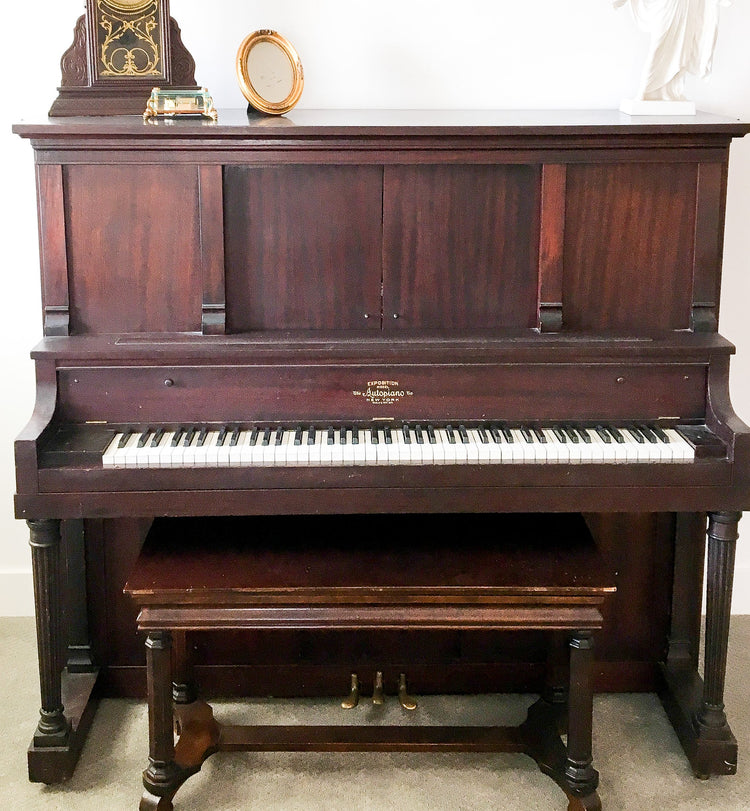
-
SOLD - 1912 AutoPiano 55" Wood Finish Commissioned Upright Player Piano
Vendor:AutopianoRegular price $0.00Regular priceItem Price / per -
SOLD 1924 Autopiano Wood Finish Commissioned Upright Vintage Player Piano
Vendor:AutopianoRegular price $0.00Regular priceItem Price / per$0.00Sale price $0.00Sold
DRONE TOUR -- Experience Our 23,500 SF Piano Store & Piano Restoration Shop
Pianos by Brand (A-Z)
View all-
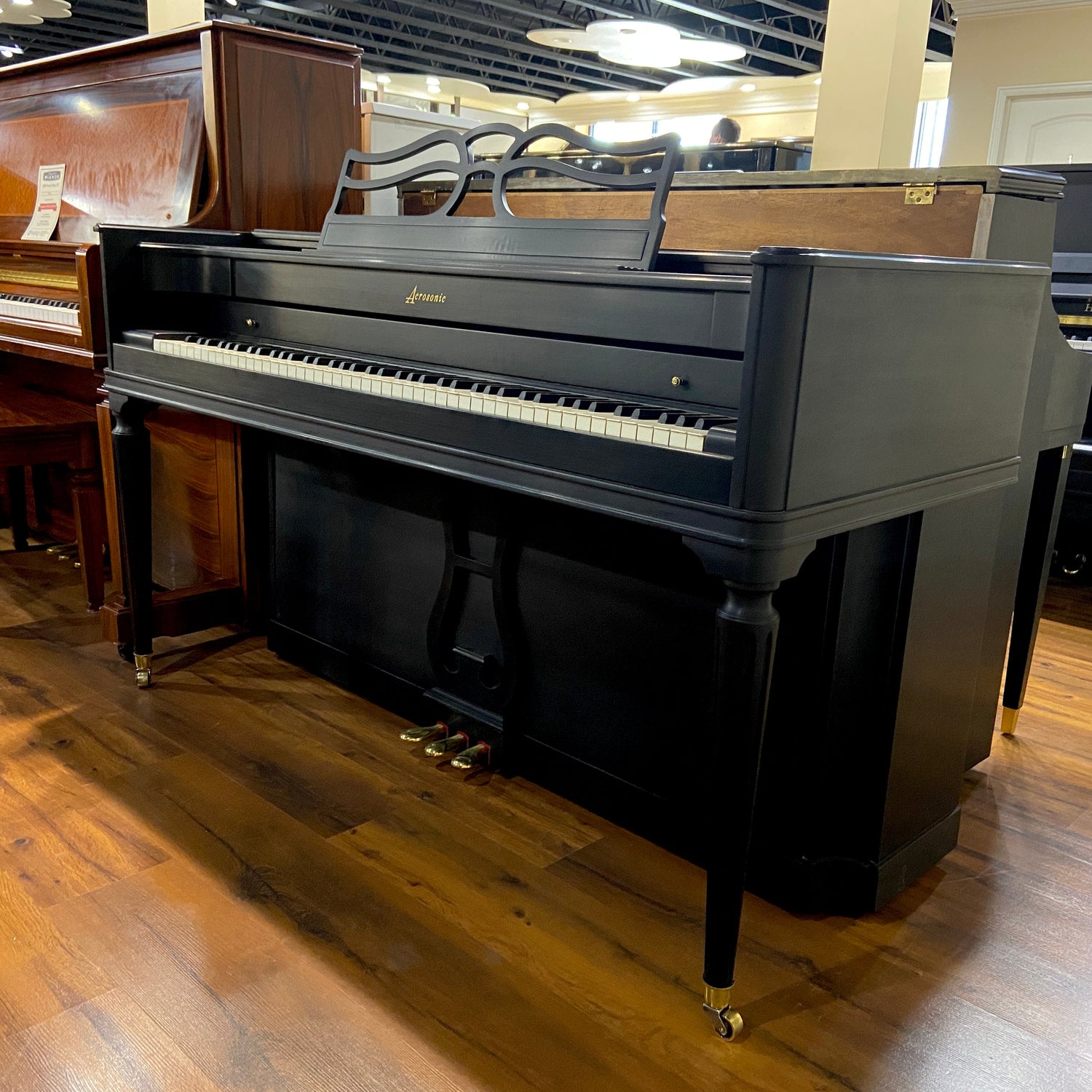
Acrosonic Pianos | Explore New and Restored pianos
Acrosonic pianos, produced by the Baldwin Piano Company, were first...
-
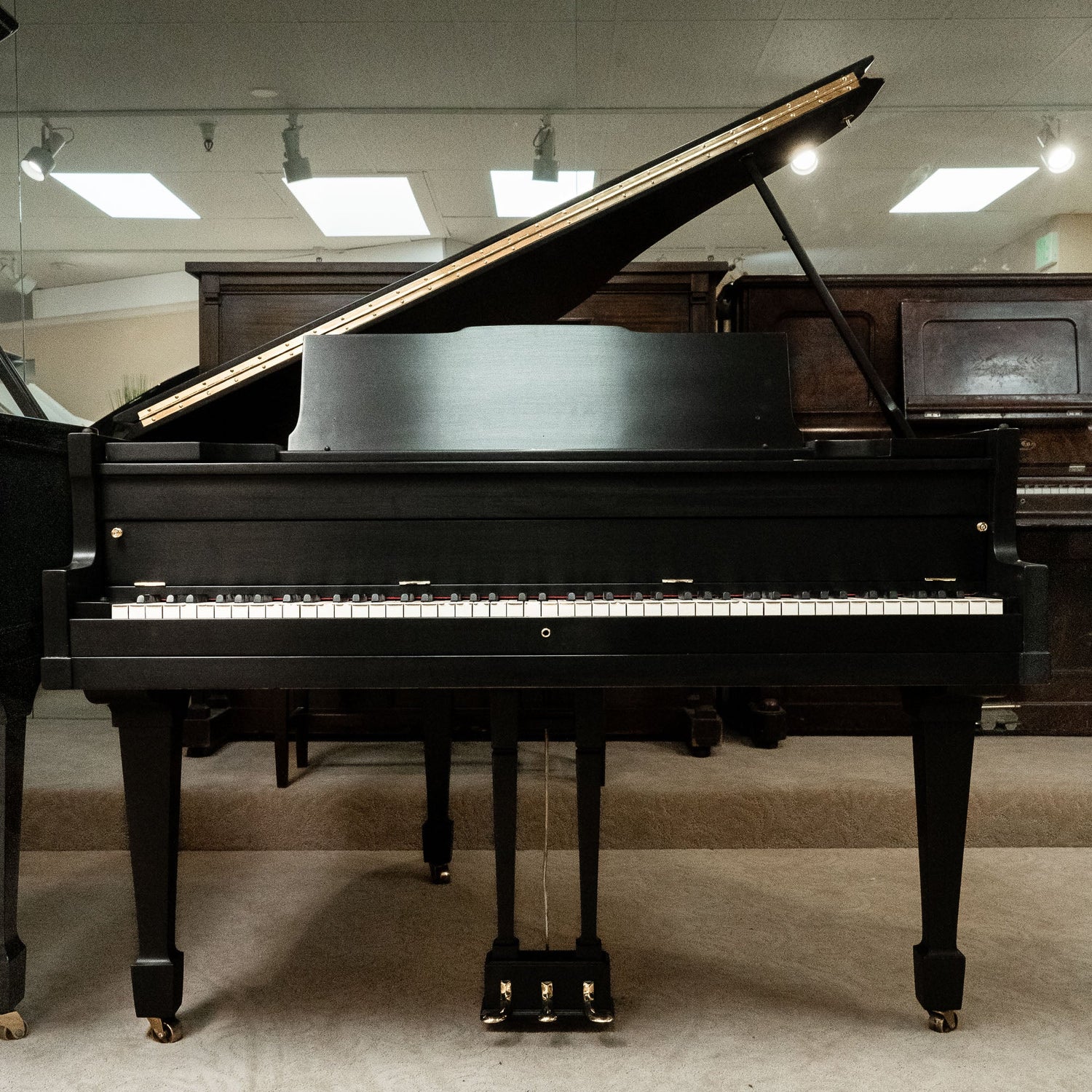
Aeolian Pianos
Founded in 1887 by William B. Tremaine, the Aeolian Company quickly established...
-
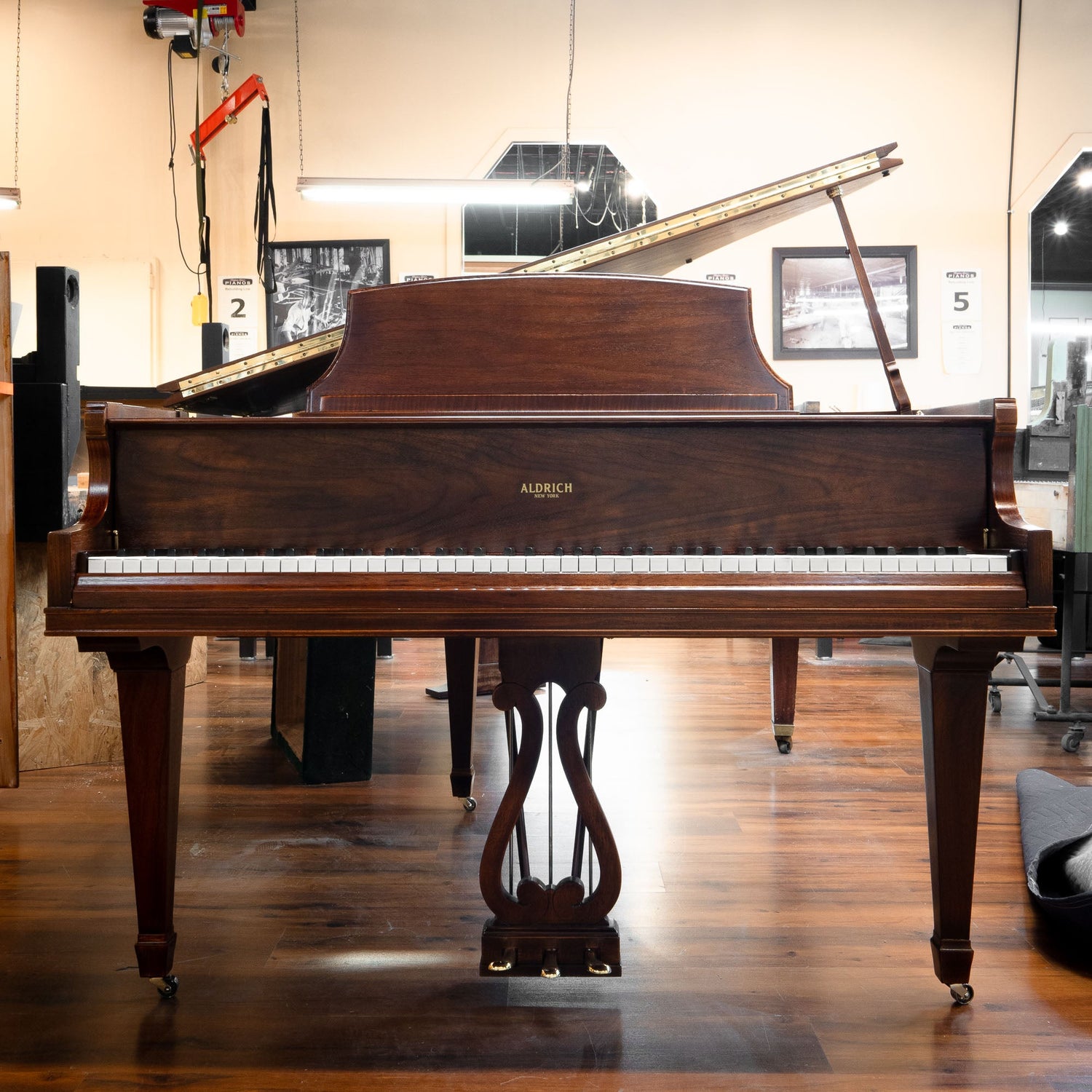
Aldrich Pianos
Aldrich pianos are considered to be a lesser-known type of piano manufactured...
-
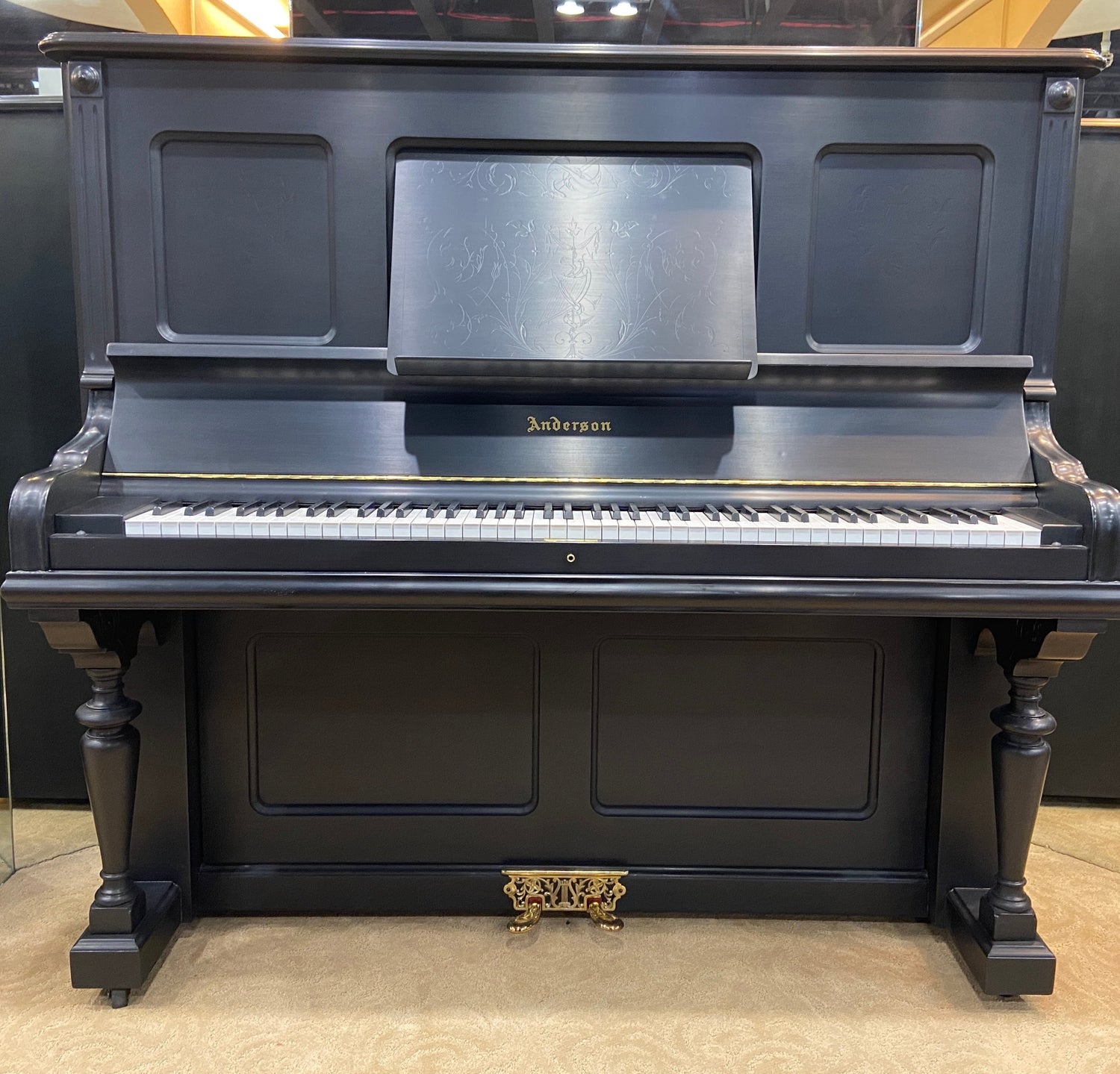
Anderson Pianos
Anderson pianos, established in the early 20th century by the Anderson family,...
-
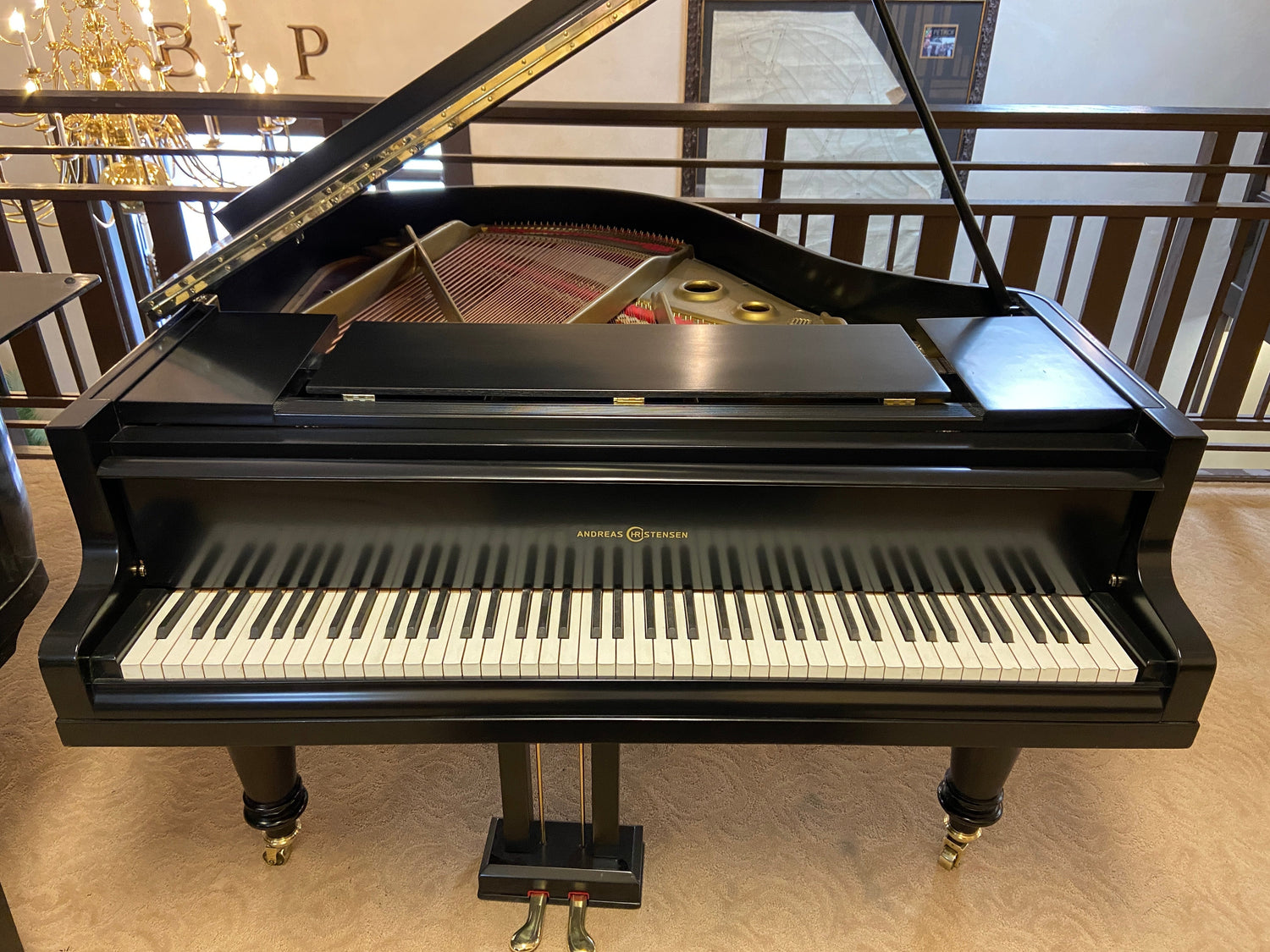
Andreas Christensen Pianos
Founded in 1912 in Copenhagen, Denmark, Andreas Christensen pianos are renowned for...
-
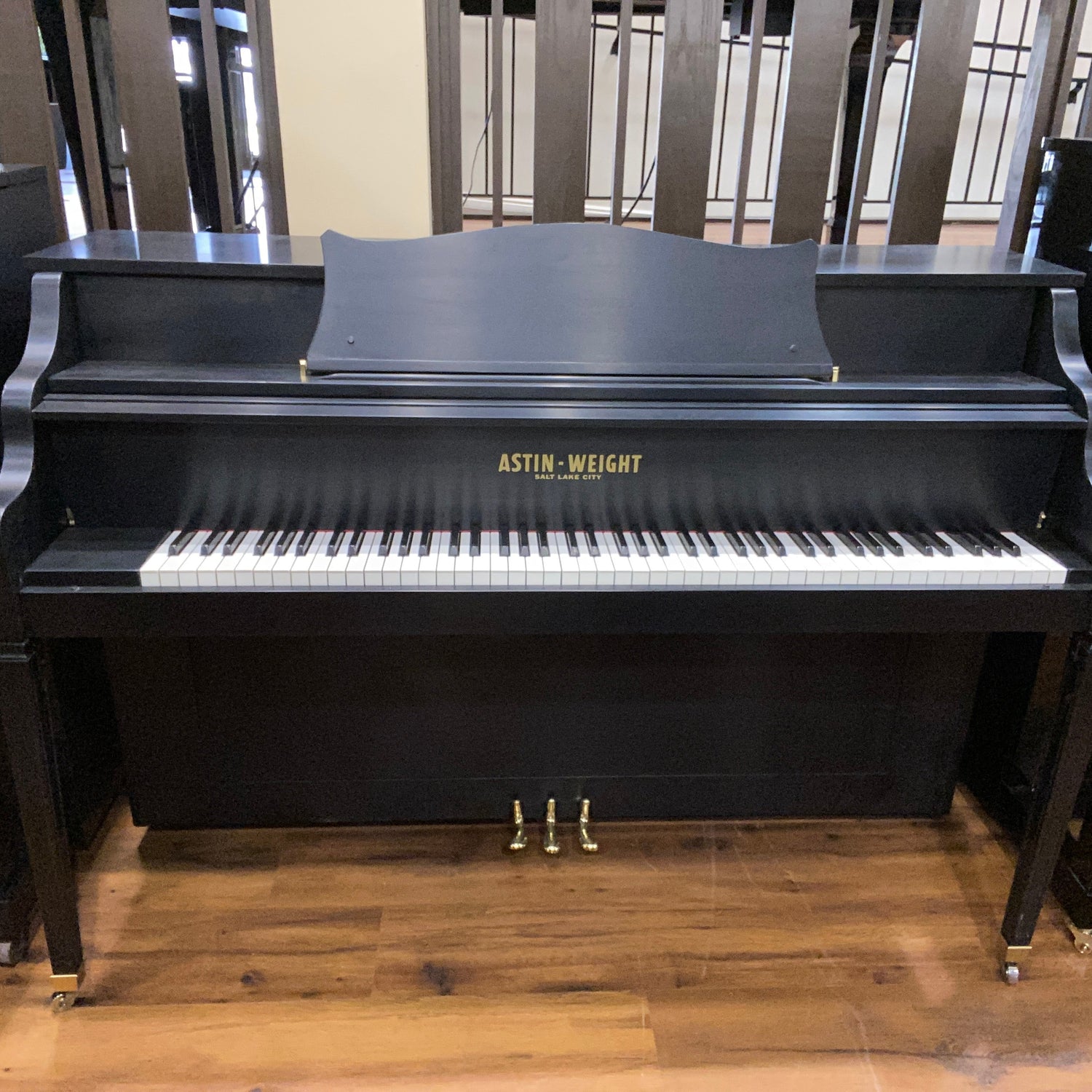
Astin Weight Pianos
Astin Weight pianos, founded in 1958 in Salt Lake City, Utah, are...
-
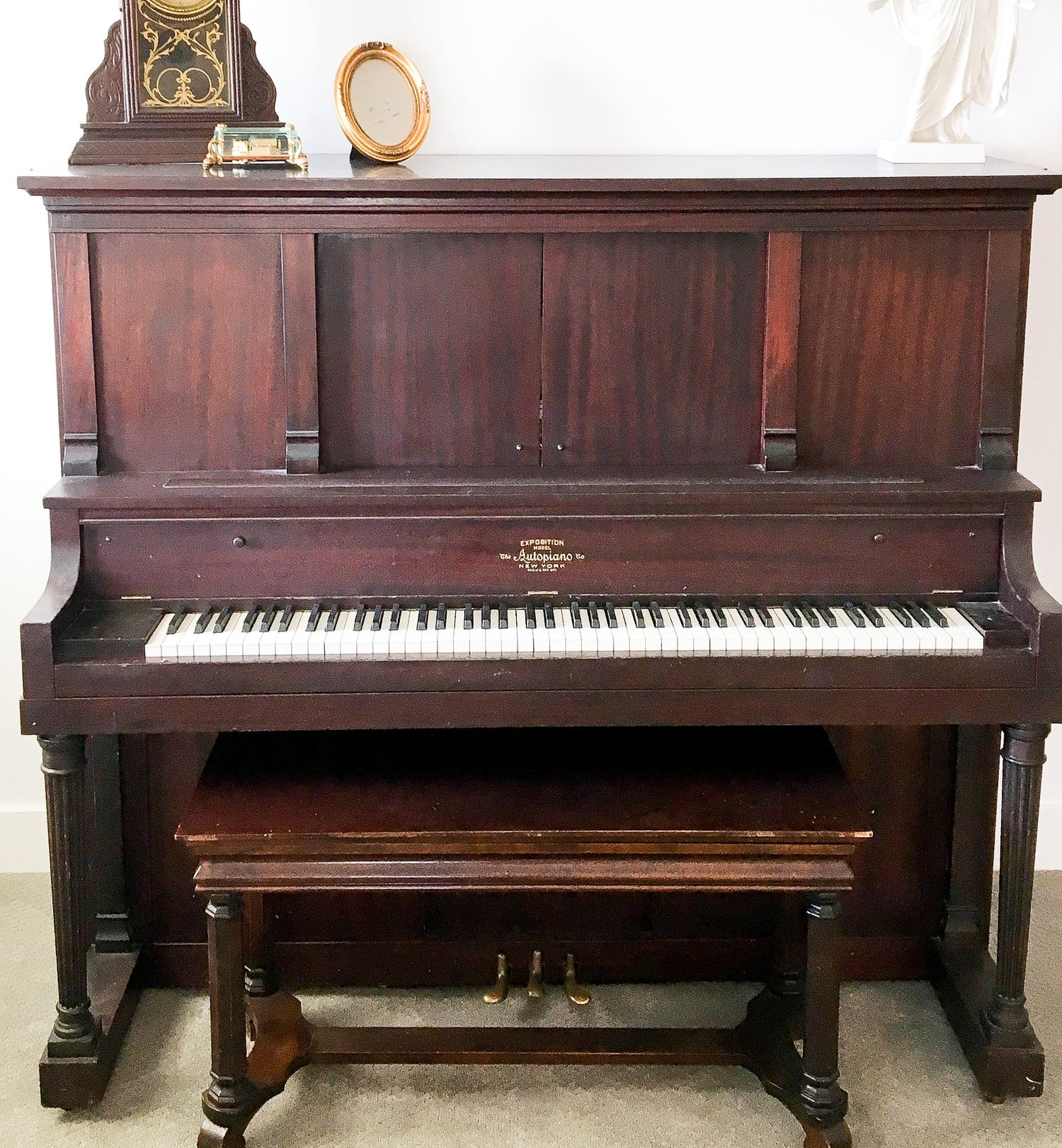
Autopianos
Established in New York in 1903, The Autopiano Company quickly gained prominence...
-
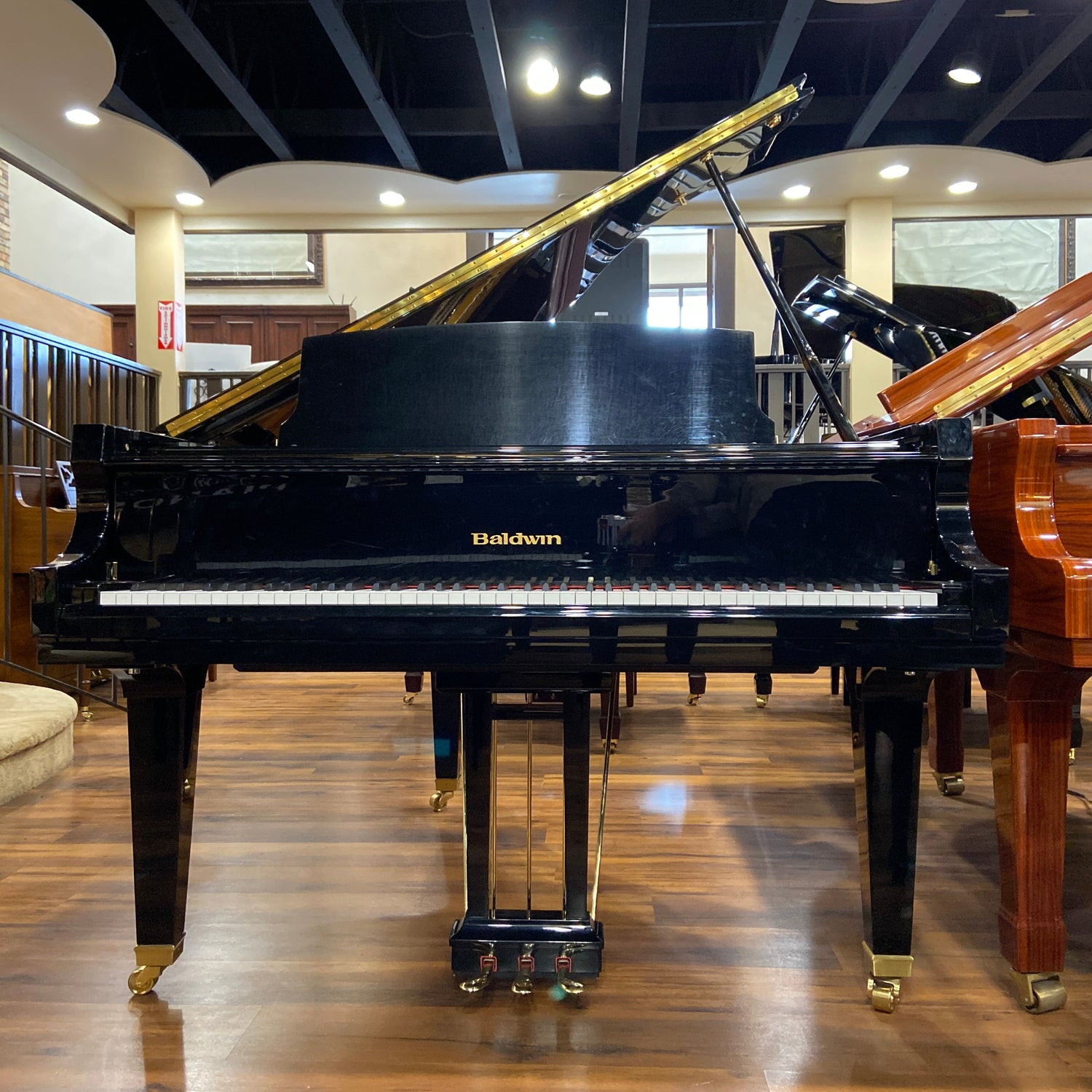
Baldwin Pianos
Baldwin pianos have a rich history that spans over a century, with...
-
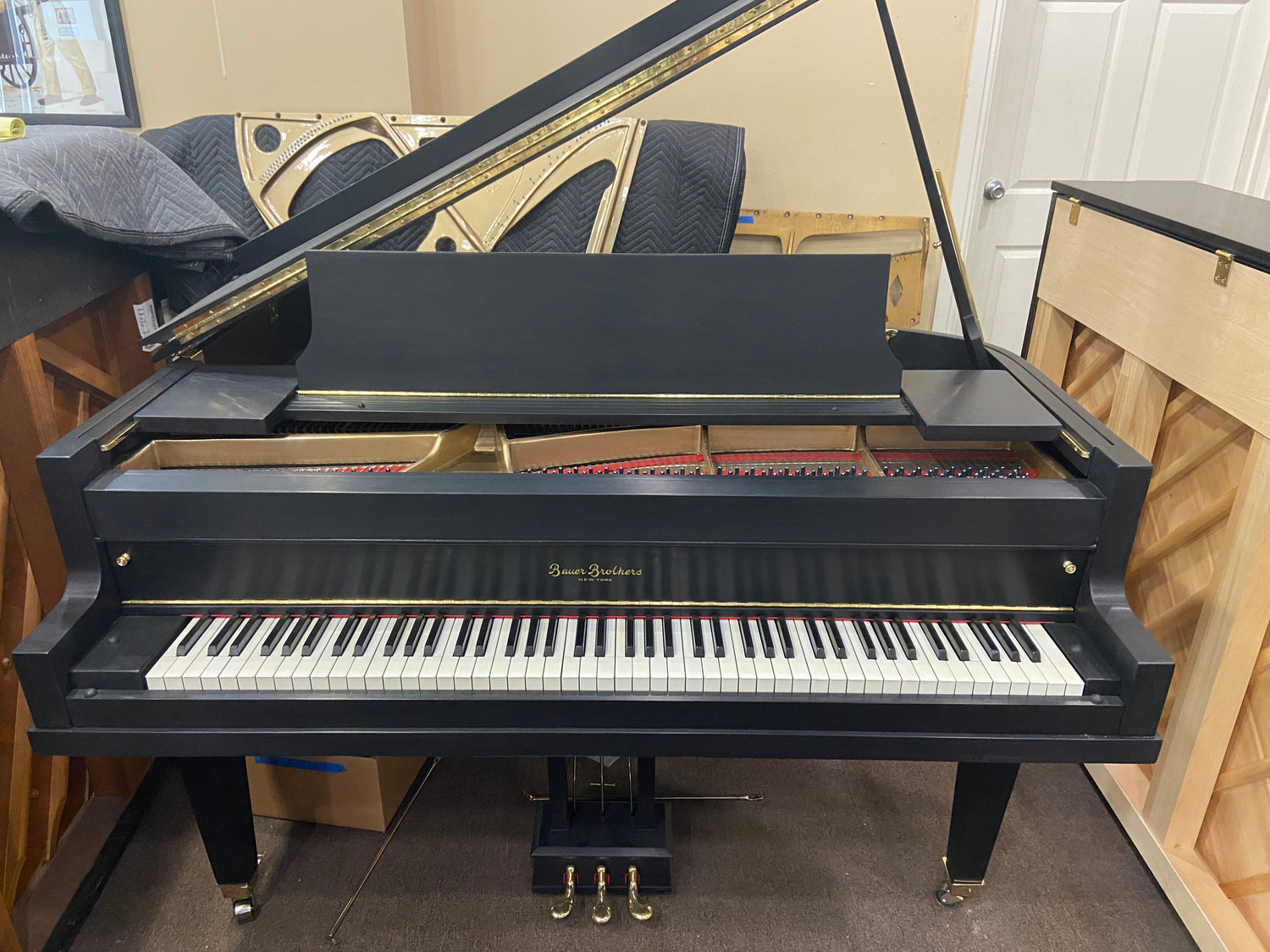
Bauer Brothers Pianos
The Julius Bauer Piano Company was established in 1857 in Chicago by...
-
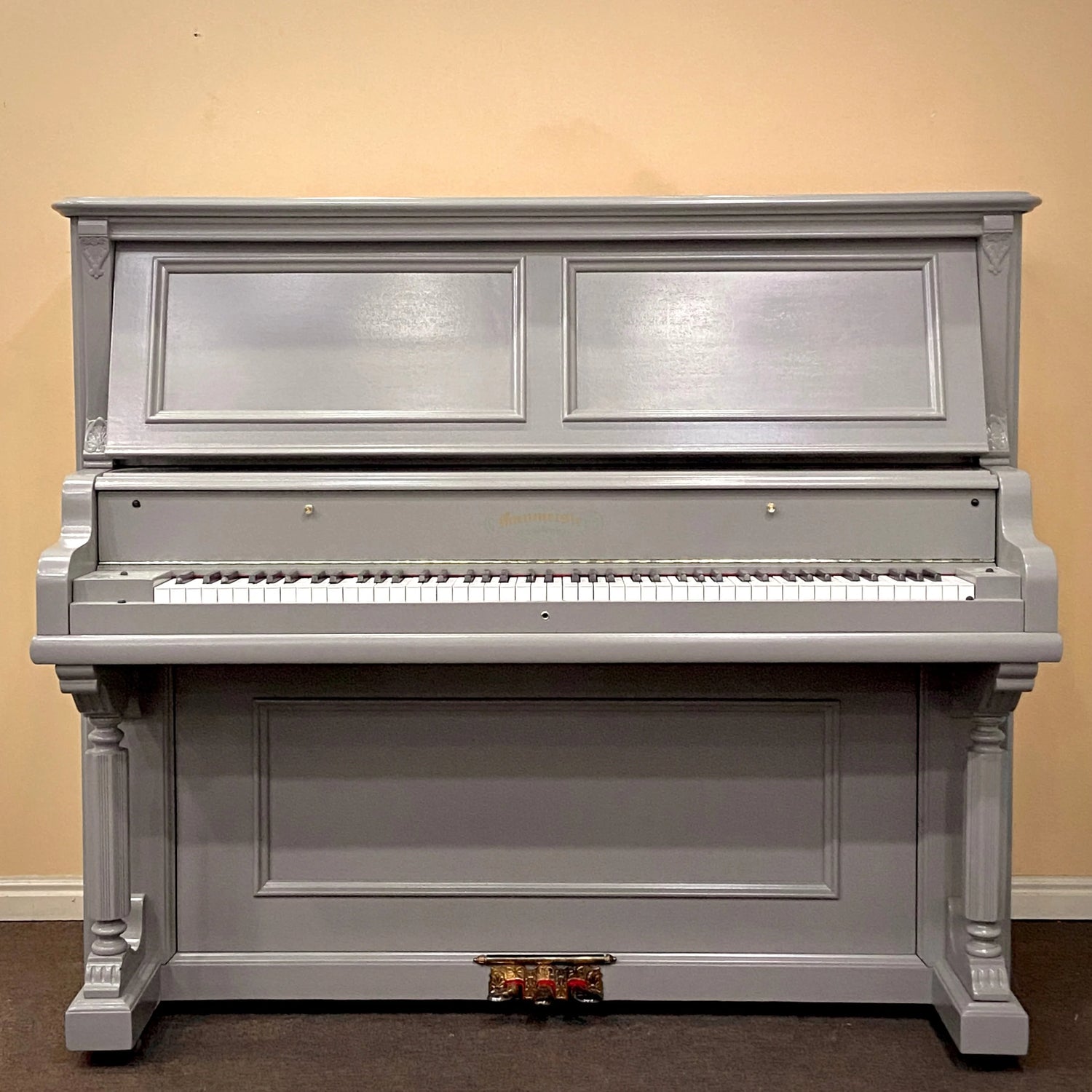
Baumeister Pianos
Baumeister pianos are a notable name in the world of musical instruments,...
-
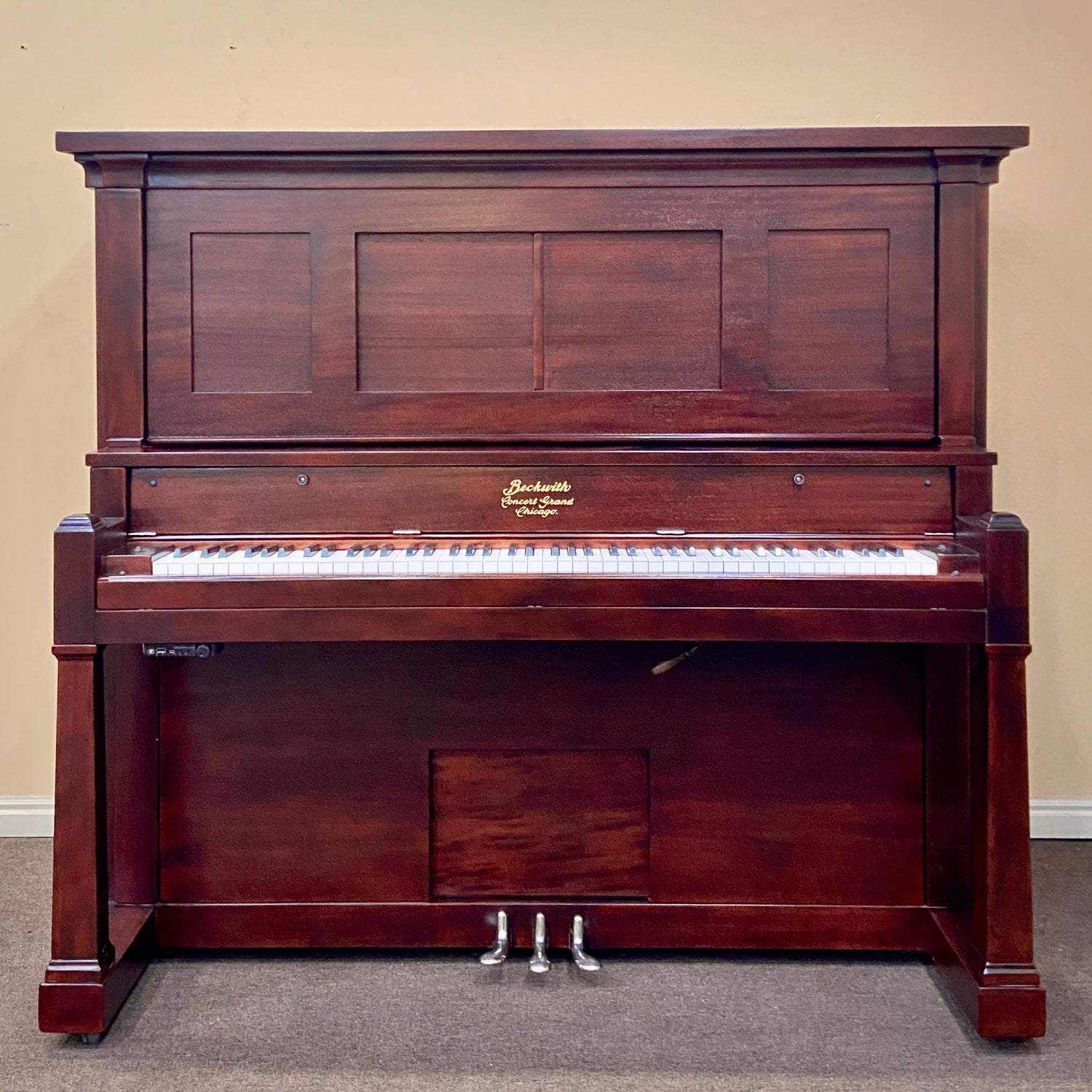
Beckwith Pianos
Beckwith pianos, established by Sears Roebuck & Company in the late 19th...
-
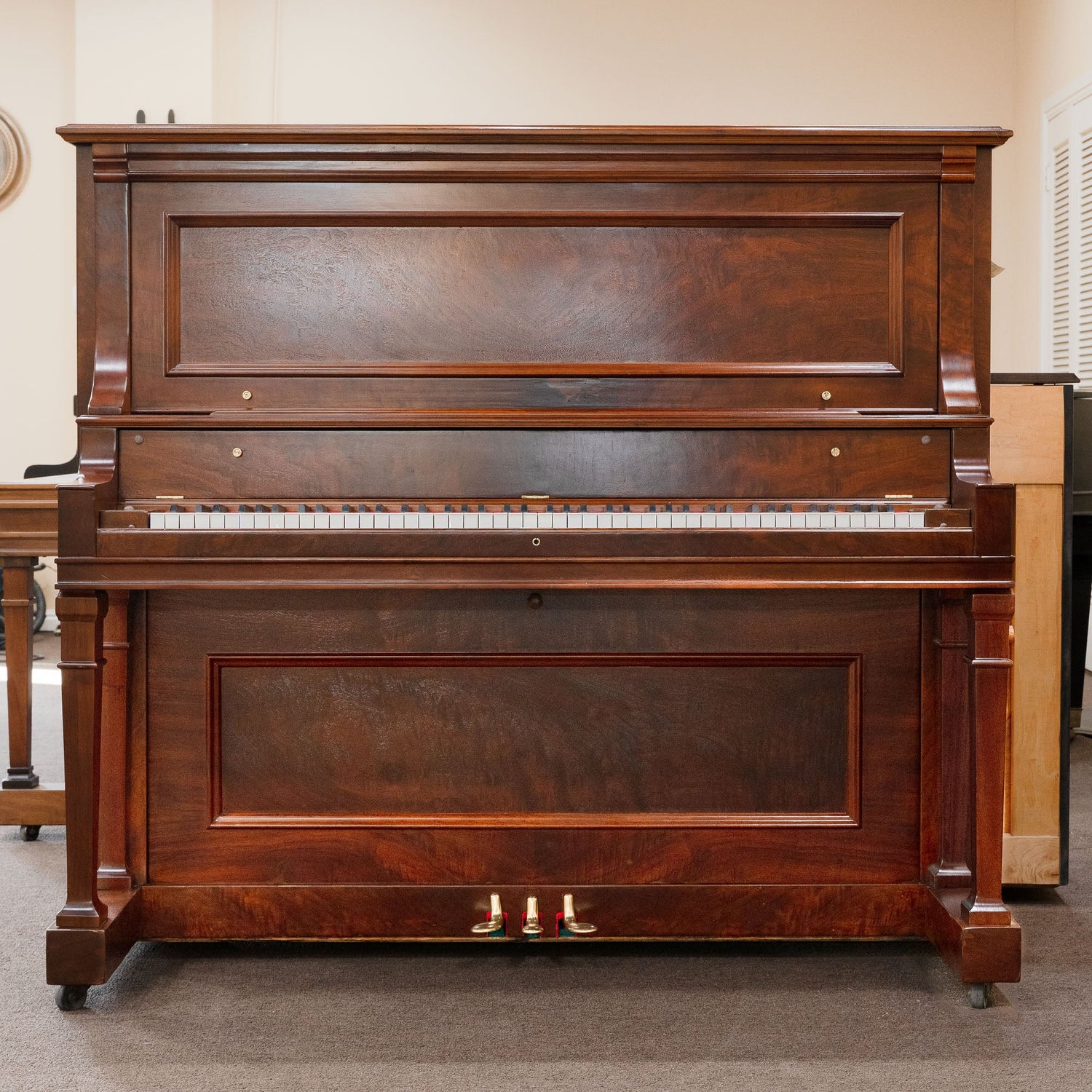
Behr Bros Pianos
Behr Bros Pianos, established in 1881 by Henry and Edward Behr in...
-
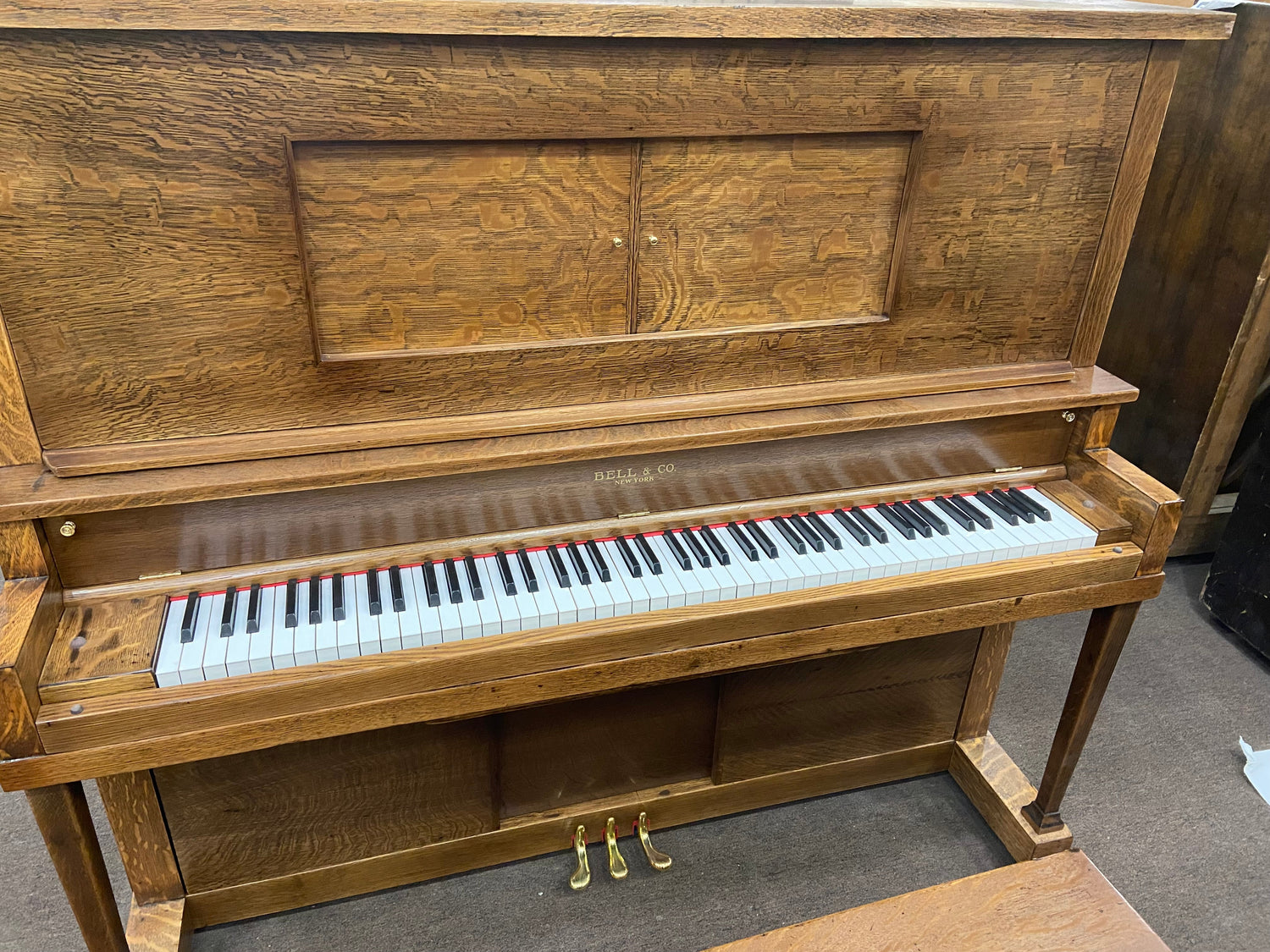
Bell Co Pianos
Bell Co Pianos, founded in 1864 by brothers William and Robert Bell...
-
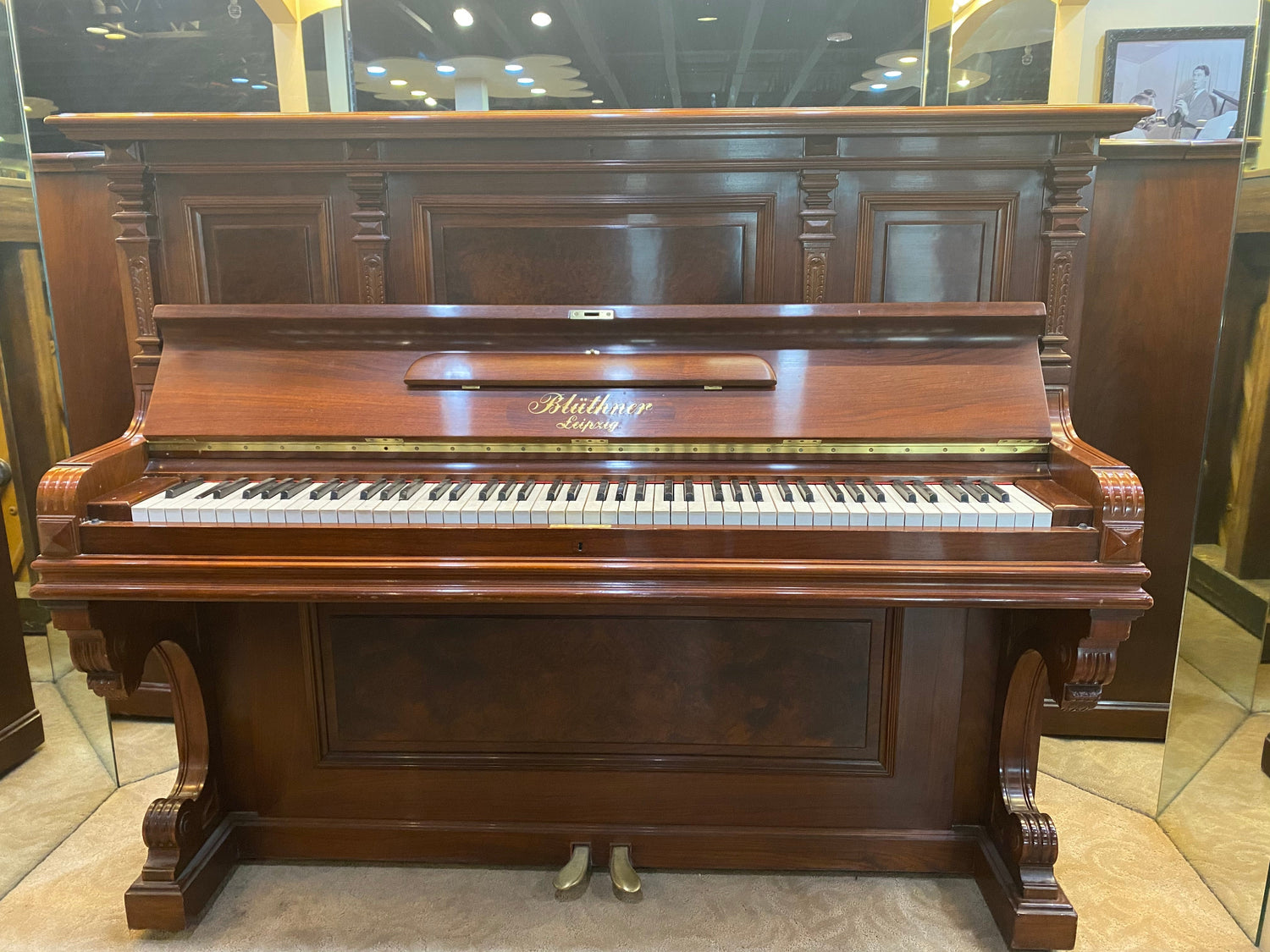
Bluthner Pianos
Blüthner pianos, established in 1853 by Julius Blüthner in Leipzig, Germany, are...
-
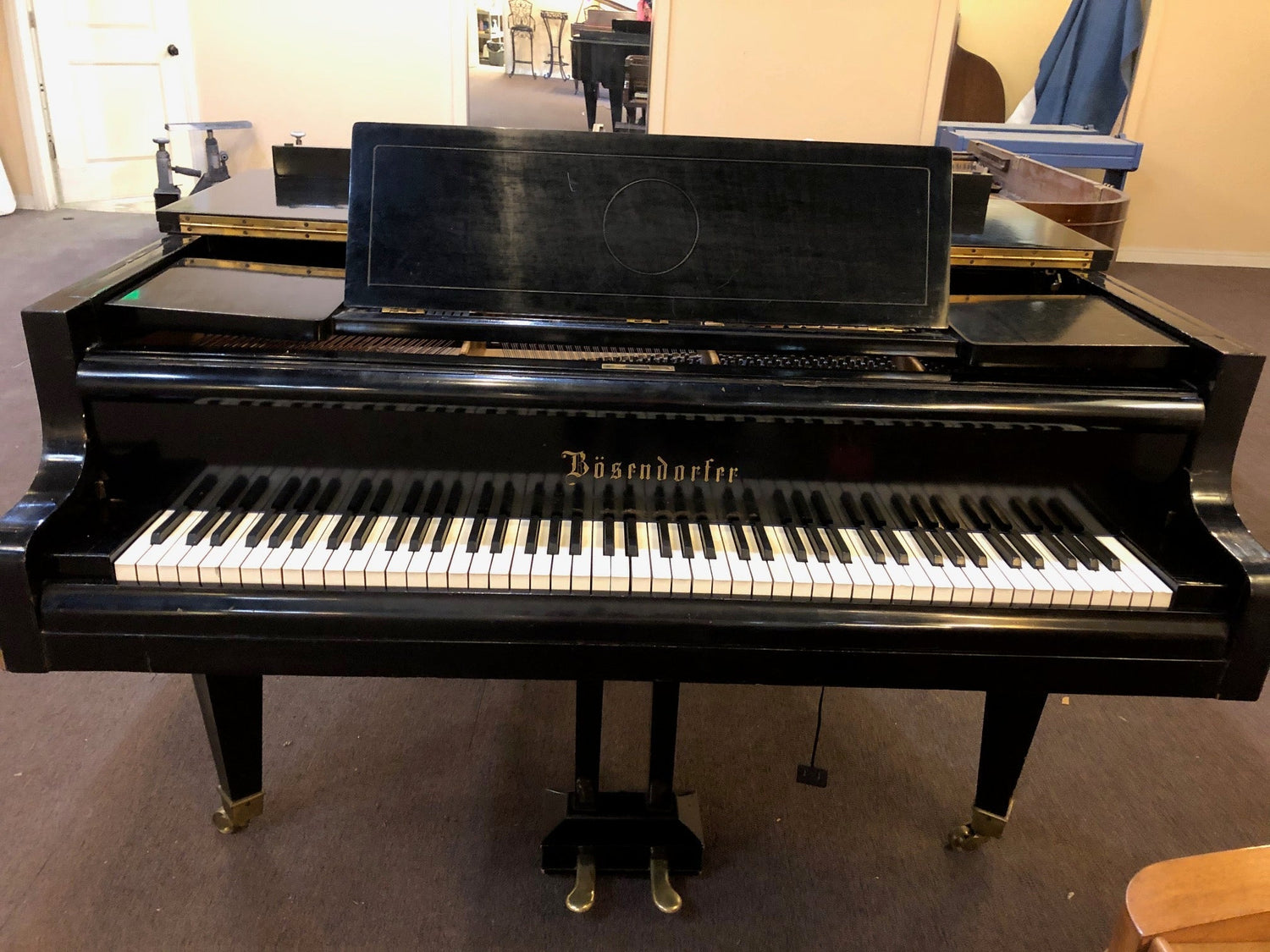
Bosendorfer Pianos
Bösendorfer pianos, originating from Vienna, Austria, were founded in 1828 by Ignaz Bösendorfer....
Piano Collections
View all-
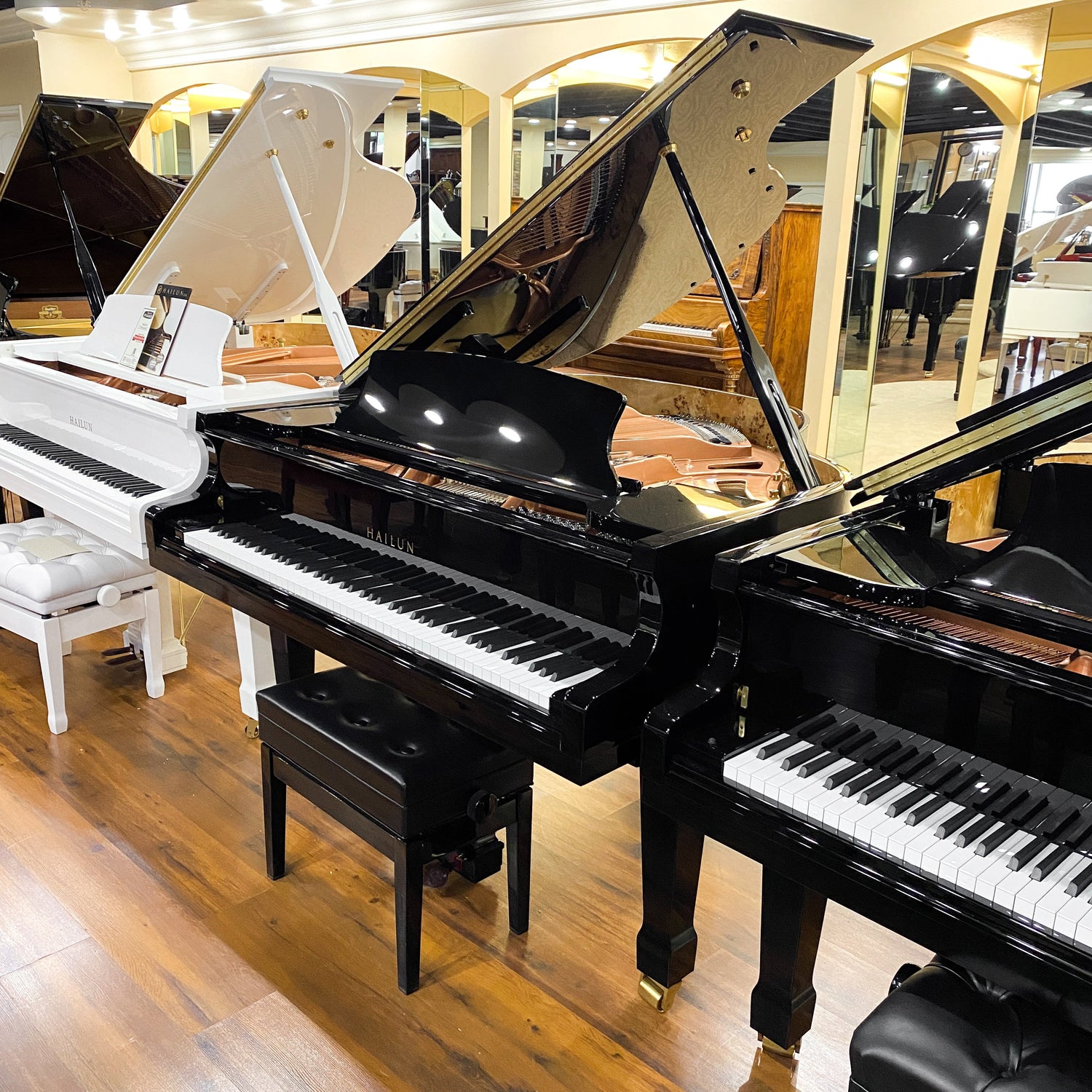
New Pianos
Buying a new piano offers several advantages, including quality assurance, warranties,...
-
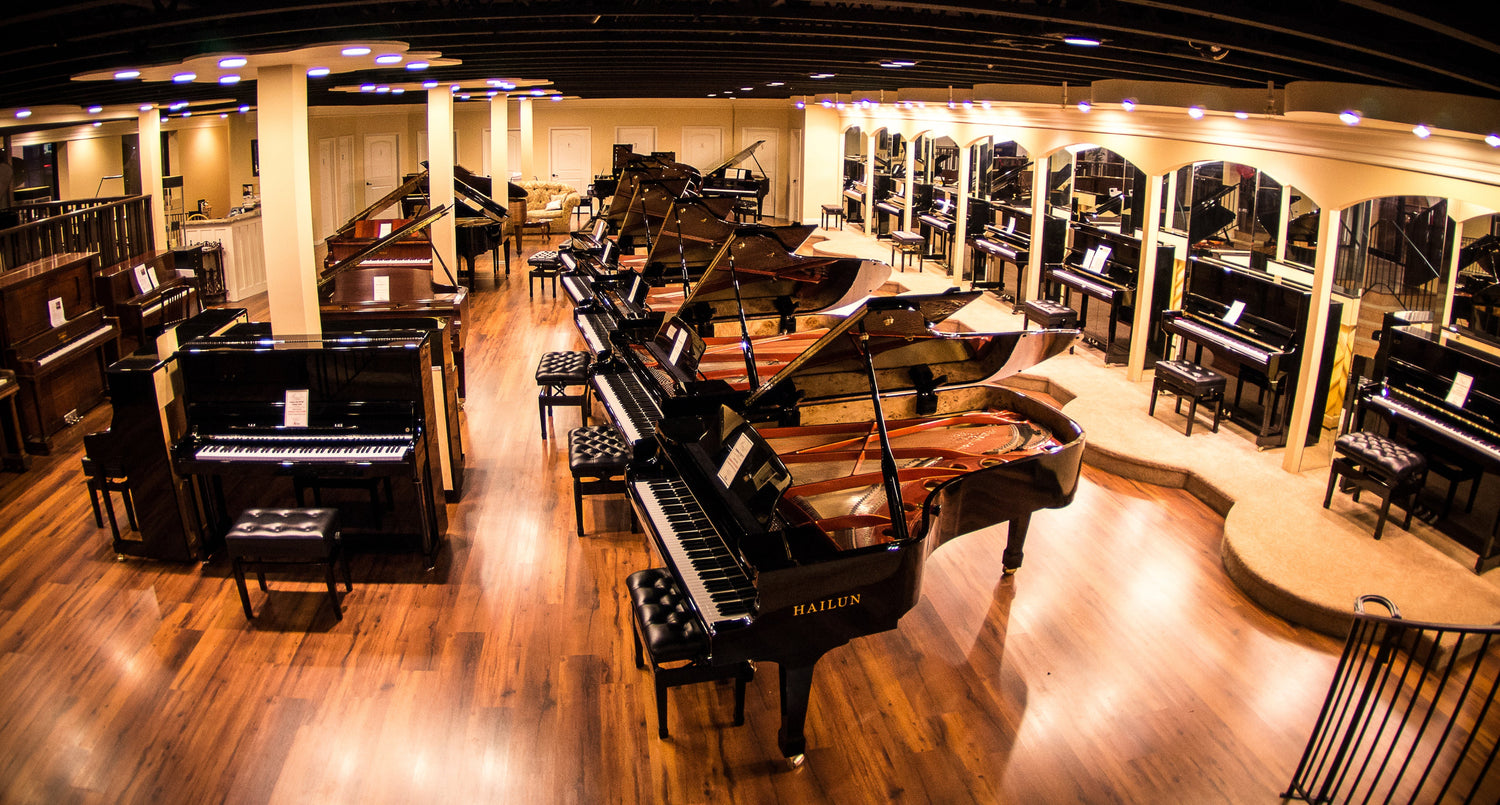
ALL Grand Pianos
Grand pianos are among the most prestigious and iconic musical instruments, known...
-
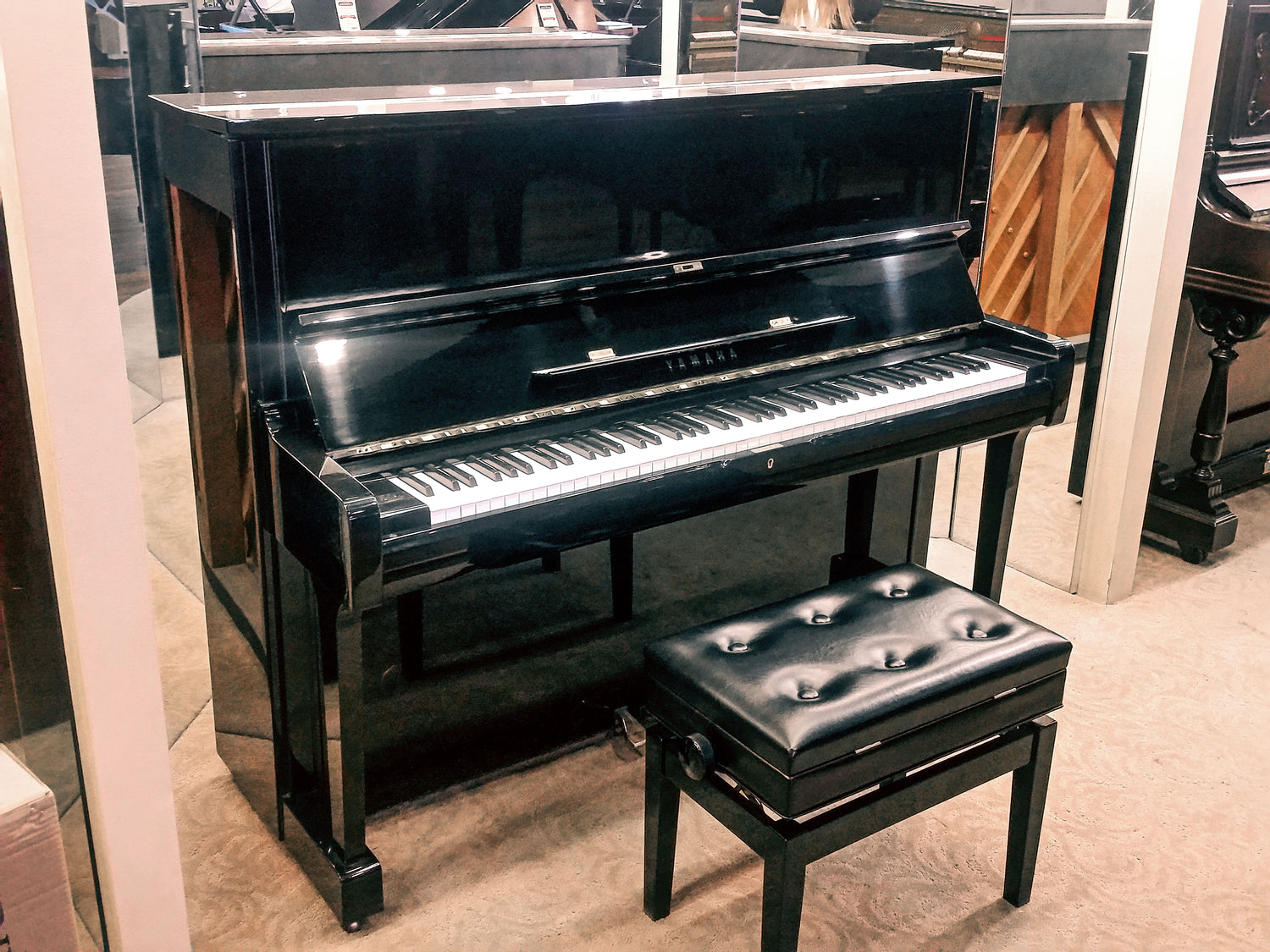
ALL Upright Pianos
Upright pianos come in various sizes, with heights ranging from about 36...
-
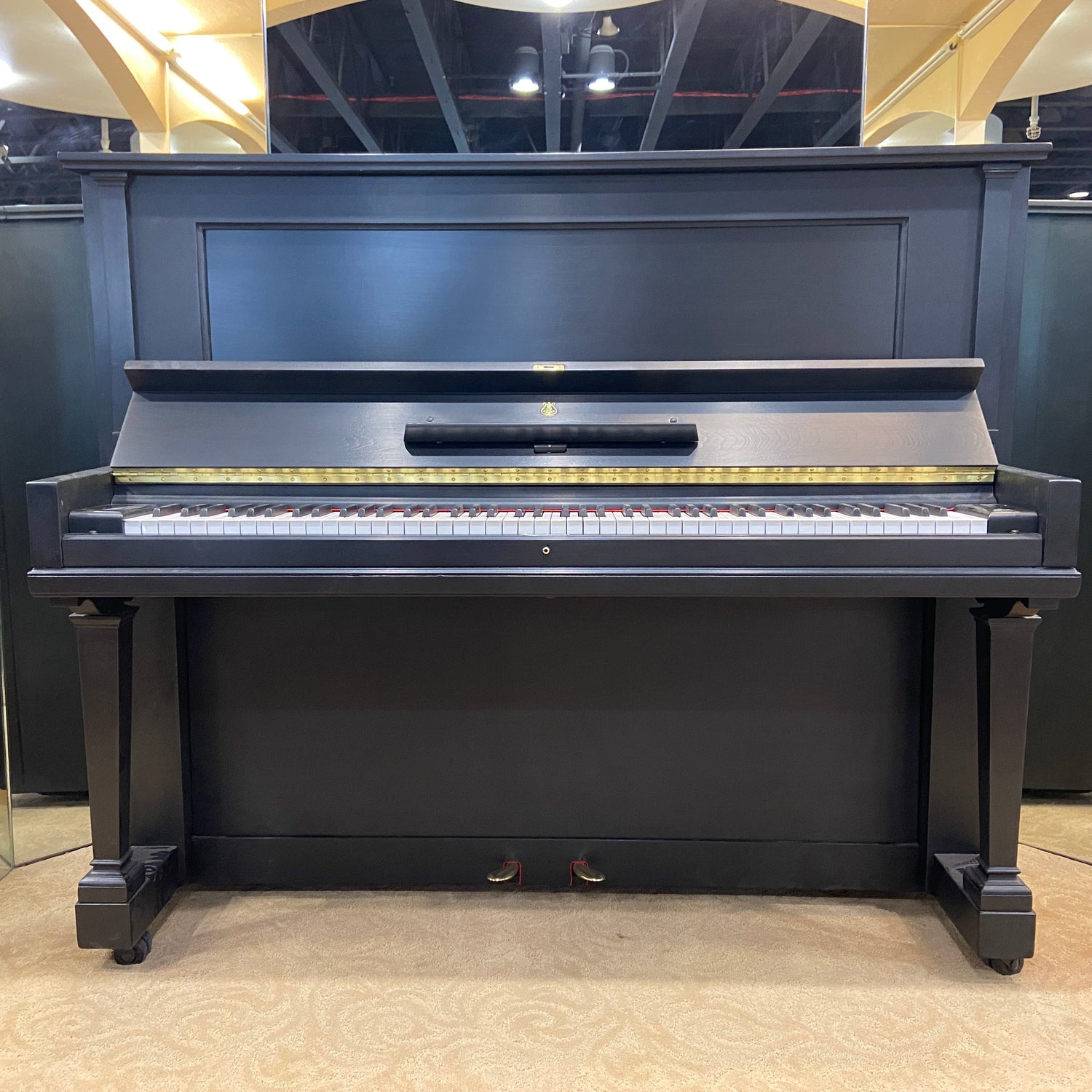
Restored Pianos
Restored pianos are musical instruments that have undergone a thourough process of...
-
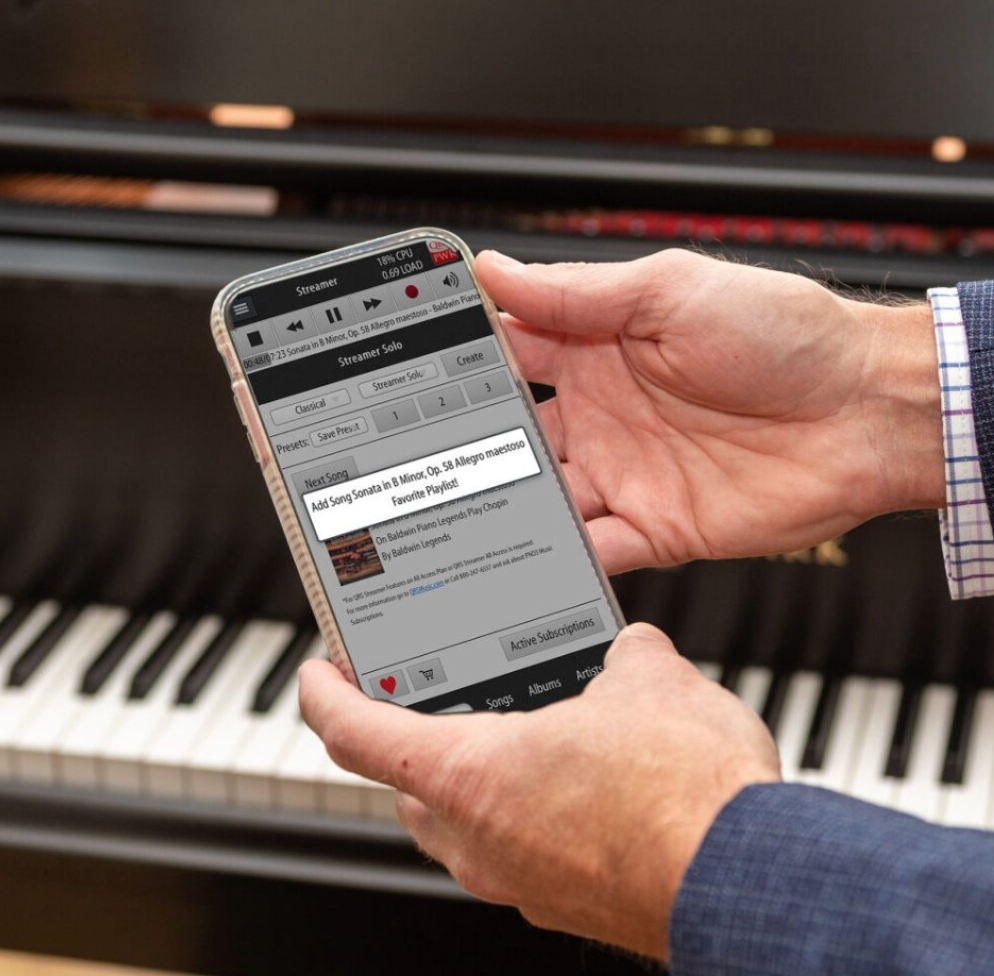
Player Pianos
Player pianos, also known as reproducing pianos, are a type of piano...
-
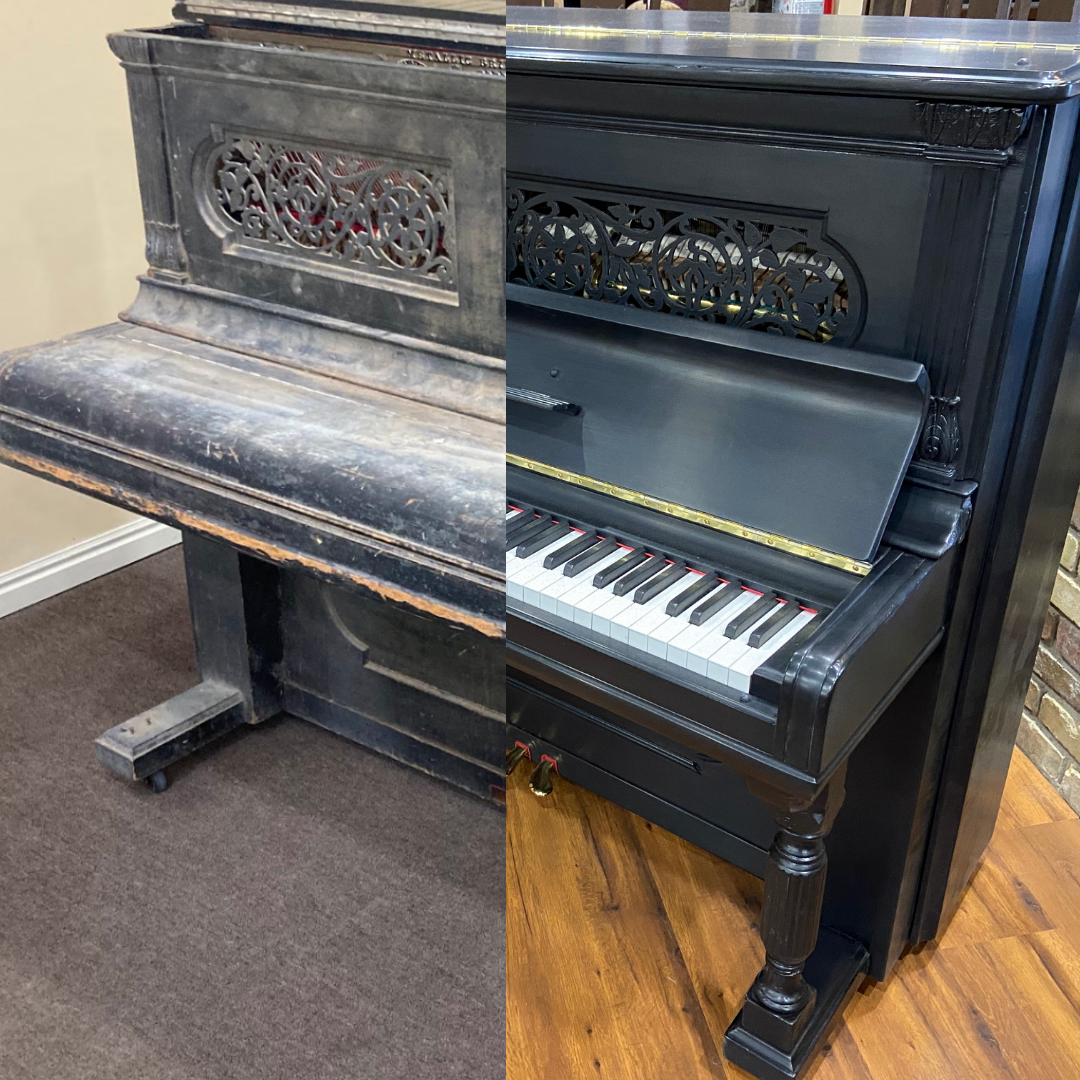
Before & After Transformations
A "before and after" transformation of a piano refers to the process...
-
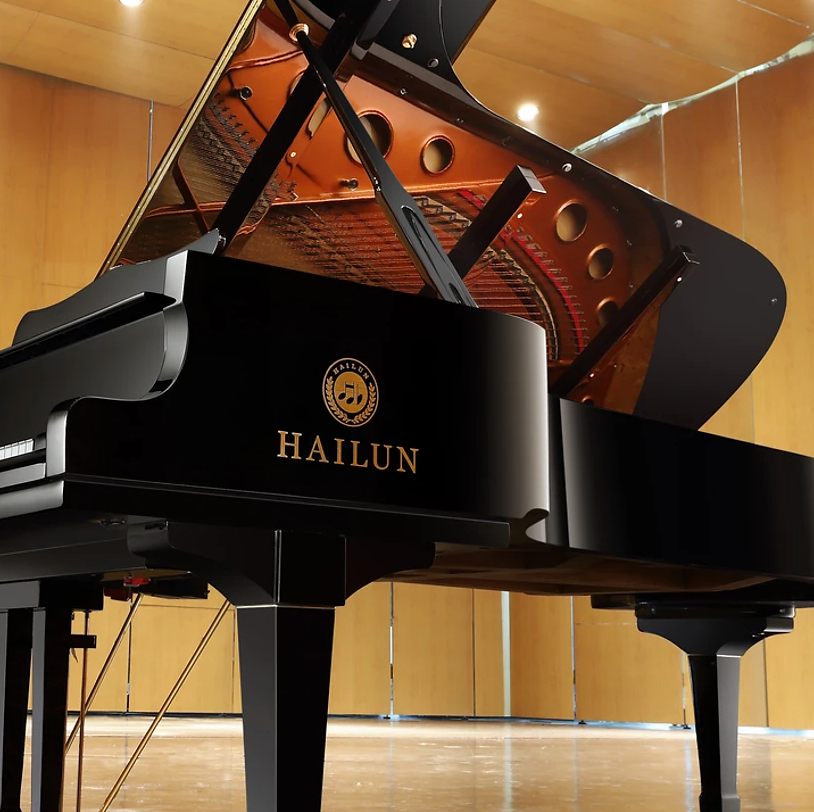
Hailun Pianos
LEARN ABOUT HAILUN PLEASE CALL OR VISIT OUR SHOWROOM FOR PRICING -...
Shop Pianos By Size
View all-

ALL Grand Pianos
Grand pianos are among the most prestigious and iconic musical instruments, known...
-
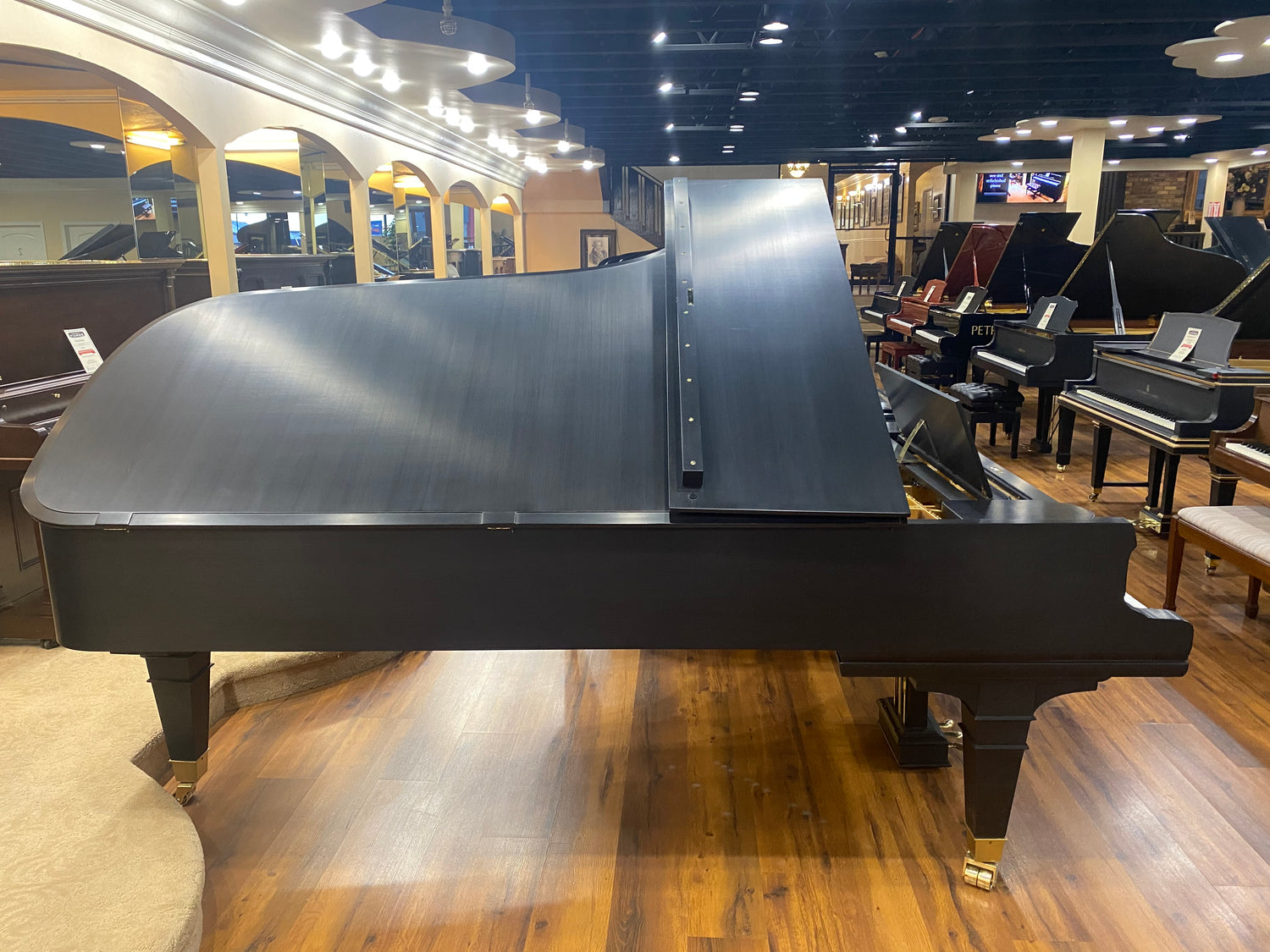
Concert Grands 9'+
A concert grand piano is the largest and most prestigious type of...
-
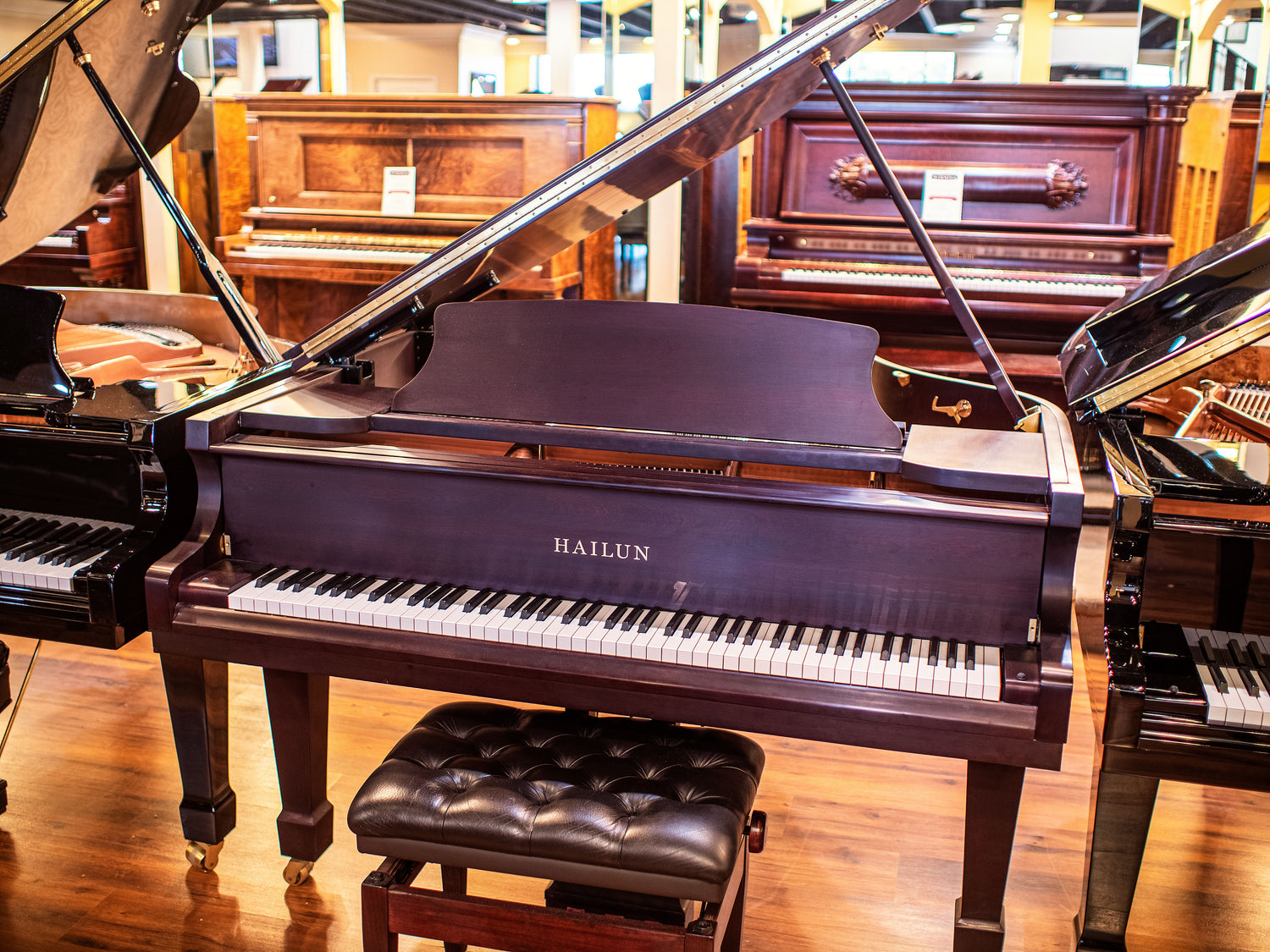
Baby Grands 4'5"-5'2"
A baby grand piano is a smaller version of the grand piano,...
-

ALL Upright Pianos
Upright pianos come in various sizes, with heights ranging from about 36...
-
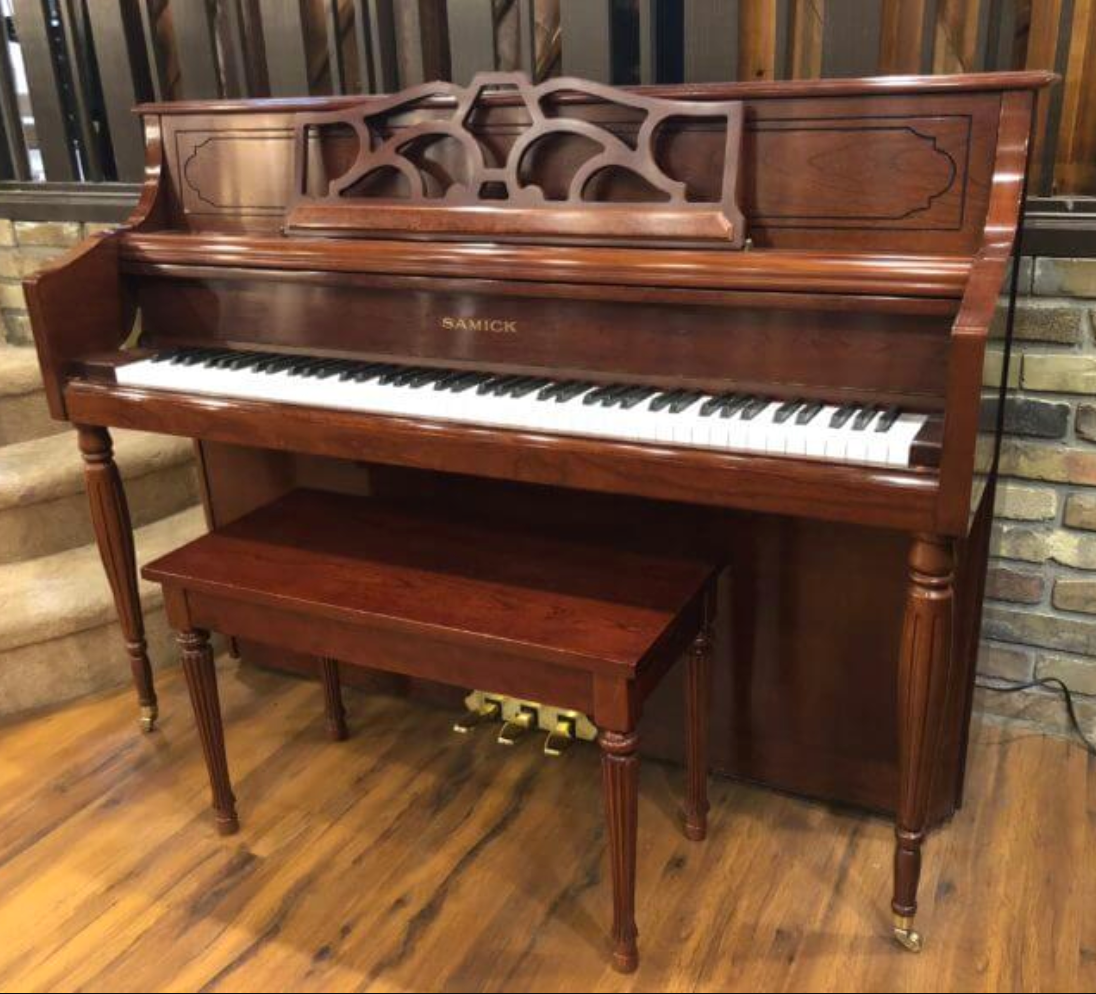
Studio Pianos 45"-47"
Stuido pianos range from 45-47 inches in height.
-
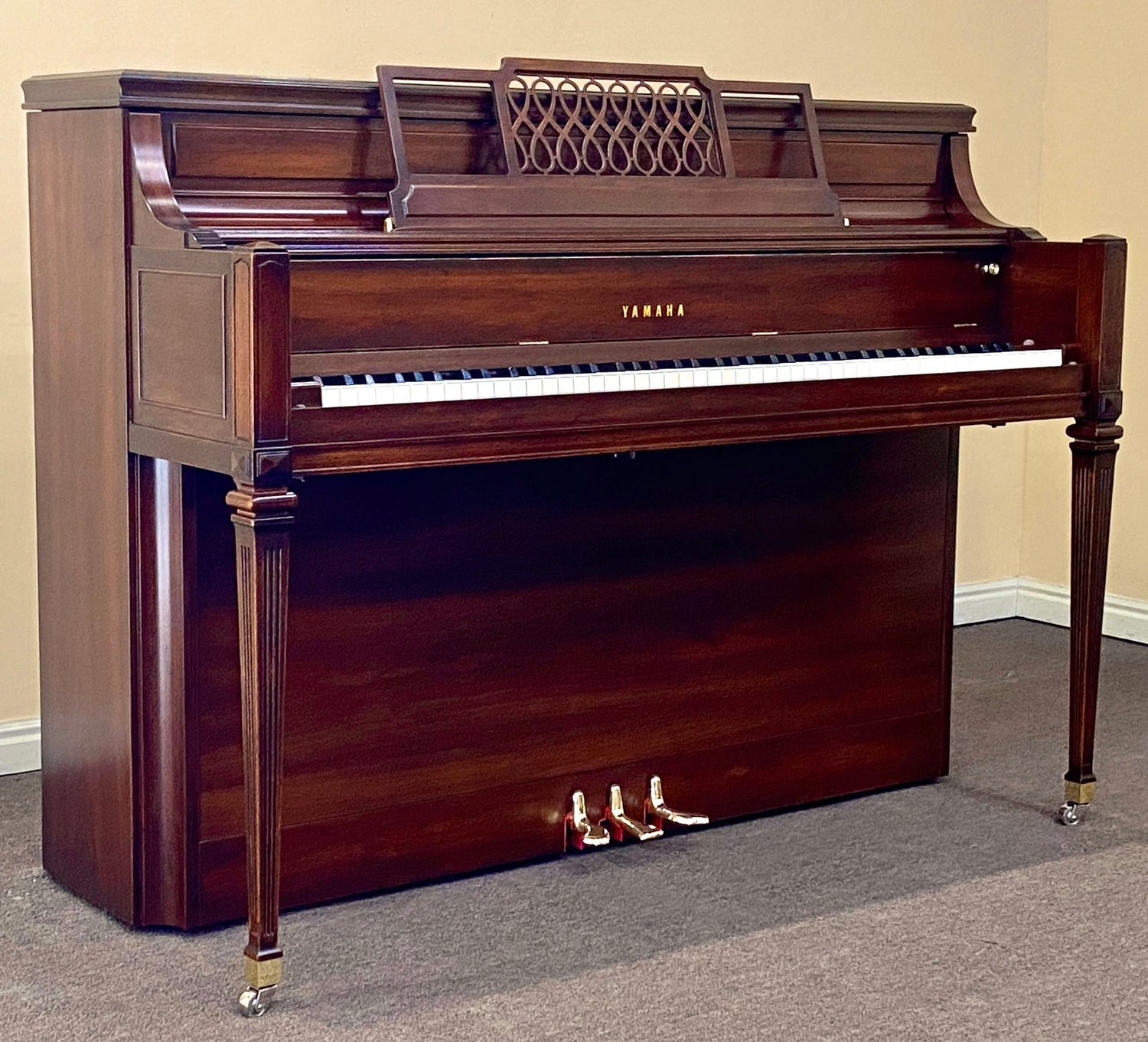
Console Pianos 41"-44"
Console pianos are upright pianos designed for home use, offering a more...
-
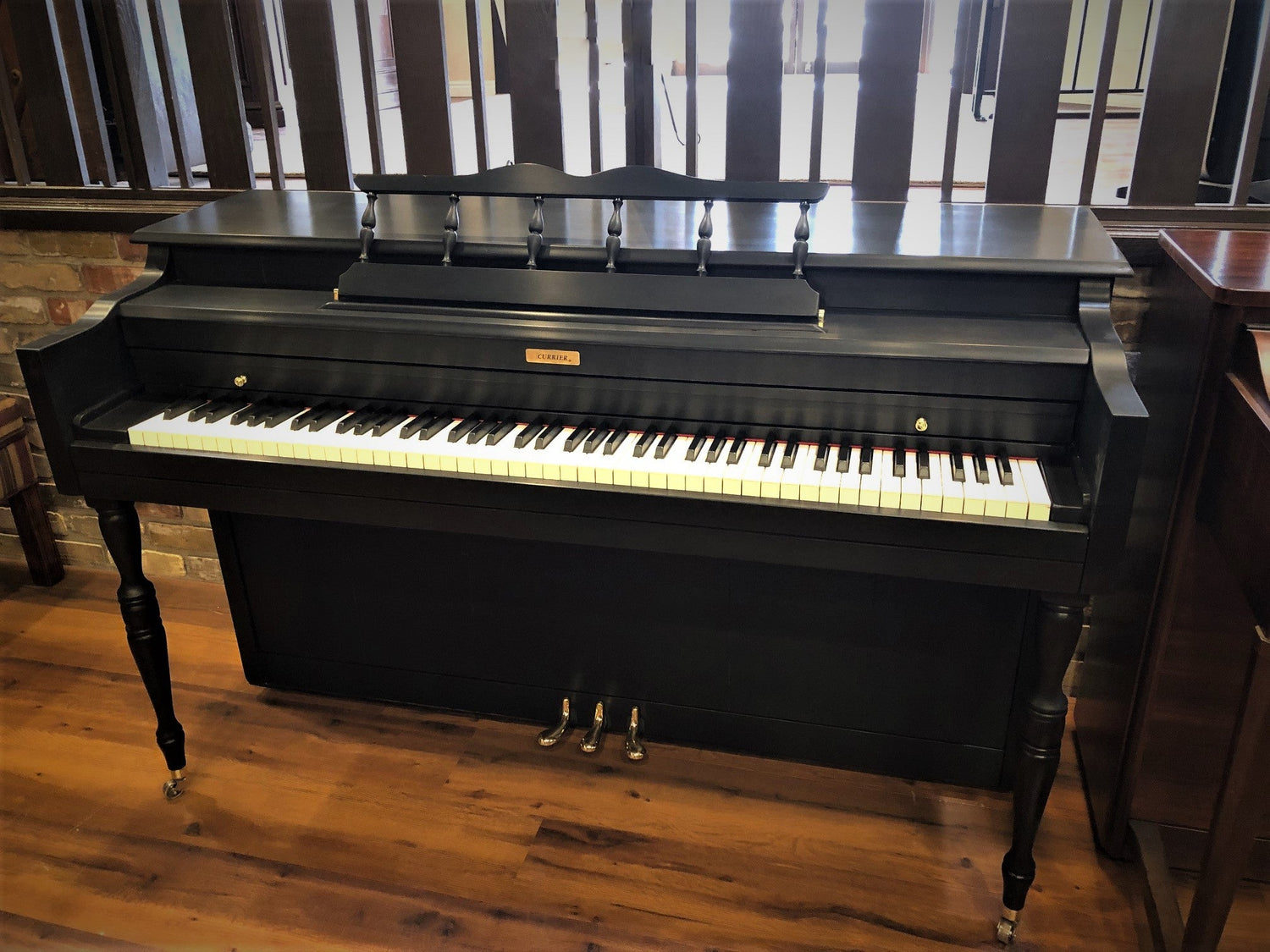
Spinet Pianos 36"-40"
Spinet pianos are the smallest of the upright piano, typically standing at...
Experience our Passion, Shop Talk & Piano Stories... BRIGHAM'S PIANO RESTORATION BLOG
View all-
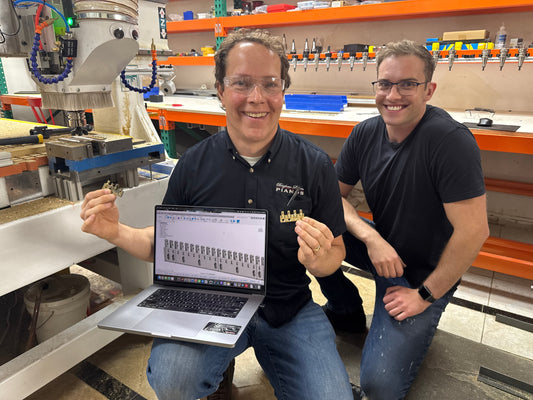
CNC Piano Restoration: Crafting New Brass Rails...
I want to take you behind the scenes of one of the most fascinating projects we do here at Brigham Larson Pianos — using CNC precision machining to rebuild brass...
CNC Piano Restoration: Crafting New Brass Rails...
I want to take you behind the scenes of one of the most fascinating projects we do here at Brigham Larson Pianos — using CNC precision machining to rebuild brass...
-
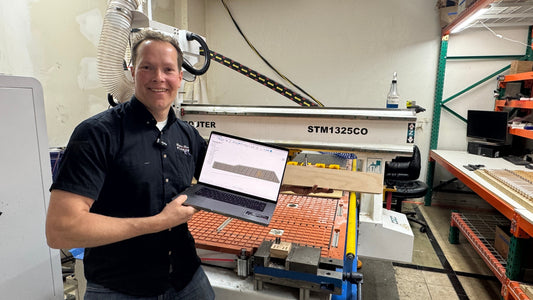
Precision Piano CNC Restoration – Blending Mode...
CNC Piano Restoration: Precision Pinblock Replacement – Part 1 When replacing a pinblock in an upright piano, I often find it is one of the most challenging jobs in...
Precision Piano CNC Restoration – Blending Mode...
CNC Piano Restoration: Precision Pinblock Replacement – Part 1 When replacing a pinblock in an upright piano, I often find it is one of the most challenging jobs in...
-

Upgrading Our Piano Restoration Process With a ...
We’re always looking for ways to improve the quality and precision of our restoration work here at Brigham Larson Pianos. In this video, I walk you through one of our...
Upgrading Our Piano Restoration Process With a ...
We’re always looking for ways to improve the quality and precision of our restoration work here at Brigham Larson Pianos. In this video, I walk you through one of our...

